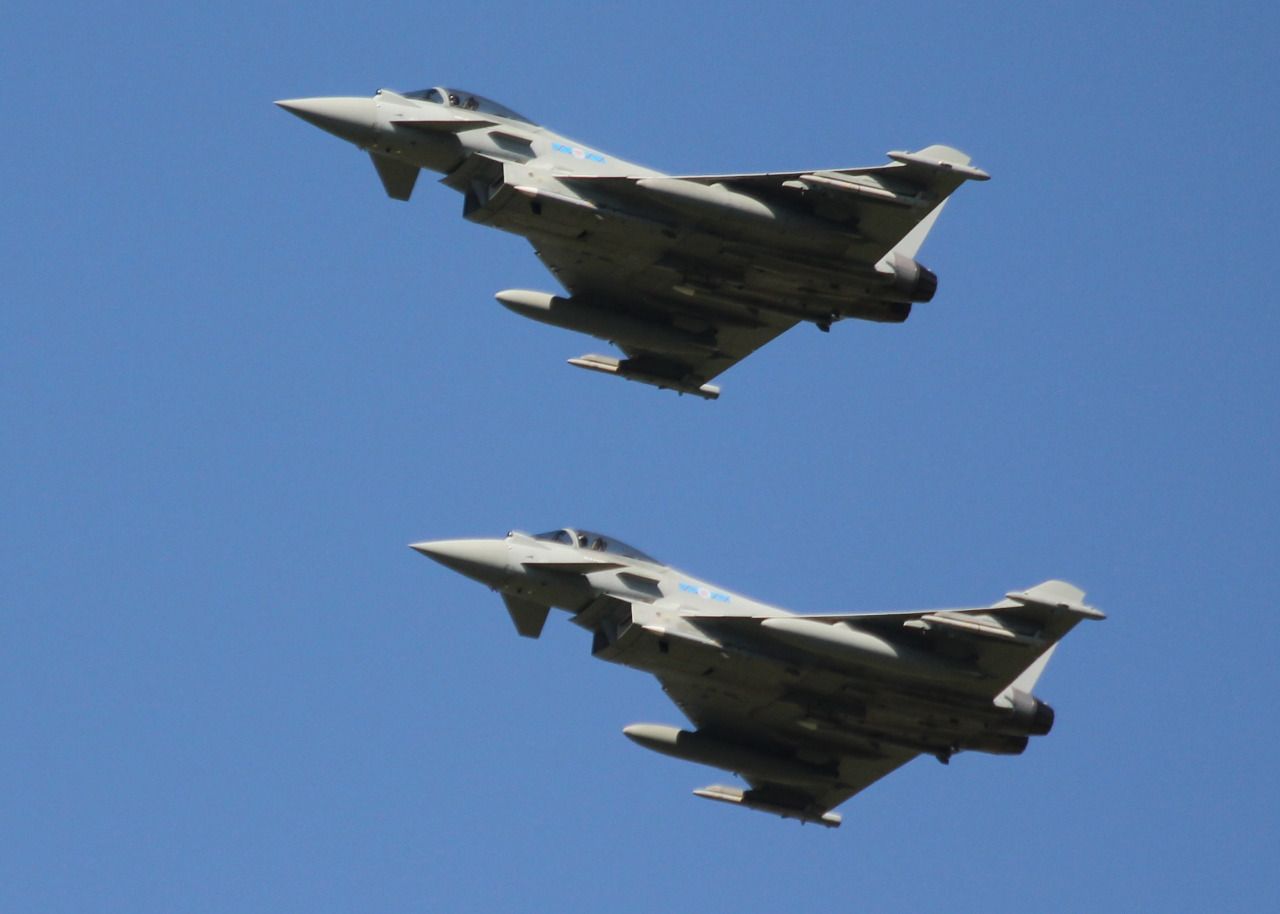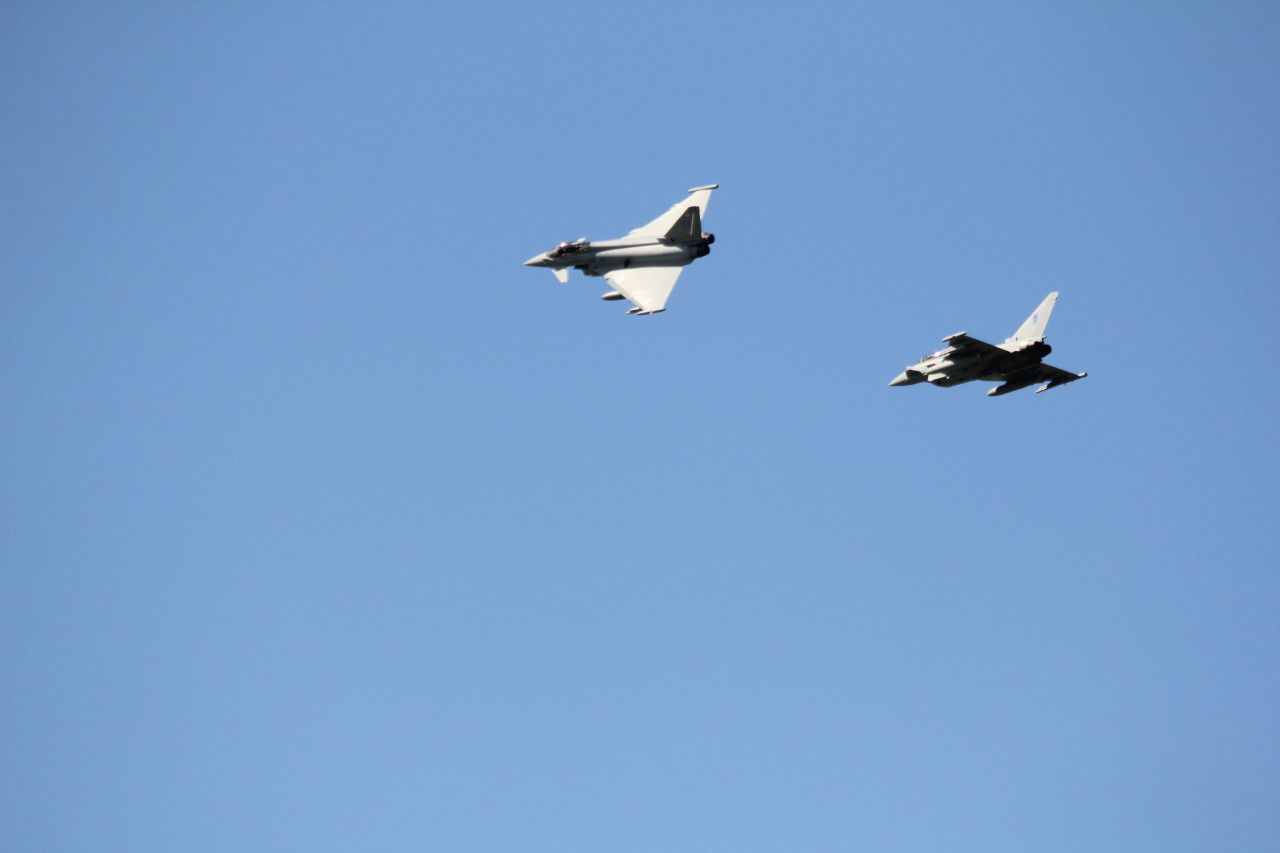Forums
- Forums
- Axis And Allies Forum
- General Discussion
- Aviation News
Aviation News
Post a reply
- Go to Previous topic
- Go to Next topic
- Go to Welcome
- Go to Introduce Yourself
- Go to General Discussion
- Go to Screenshots, Images and Videos
- Go to Off topic
- Go to Works in Progress
- Go to Skinning Tips / Tutorials
- Go to Skin Requests
- Go to IJAAF Library
- Go to Luftwaffe Library
- Go to RAF Library
- Go to USAAF / USN Library
- Go to Misc Library
- Go to The Ops Room
- Go to Made in Germany
- Go to Campaigns and Missions
- Go to Works in Progress
- Go to Juri's Air-Raid Shelter
- Go to Campaigns and Missions
- Go to Works in Progress
- Go to Skinpacks
- Go to External Projects Discussion
- Go to Books & Resources
-
10 years agoFri Aug 07 2015, 02:37pm
 Main AdminRAF Valley based 208? Squadron has successfully completed Exercise Tartan Sphinx, a week long detachment to RAF Lossiemouth.
Main AdminRAF Valley based 208? Squadron has successfully completed Exercise Tartan Sphinx, a week long detachment to RAF Lossiemouth.
Exercise Tartan Sphinx consisted of 6 Hawk T1?s deploying to complete low level tactical training as part of the simulated attack phase of the trainee fast jet pilots? tactical weapons course. All whilst operating from - and flying in - an unfamiliar location. The students flew a total of 74 sorties in the 6 day detachment, a testament to the high serviceability rate of the Hawk T1 and the support of the squadron?s Babcock engineers.
In addition to the flying, 208? Sqn made the most of the Scottish highlands and conducted several force development and adventure training events, including mountain biking, sailing and ? of course ? golf! The squadron also took the time to remember fallen comrades by paying their respects at the Califer Viewpoint Memorial, established to honour the two former 208? Sqn students killed in the Moray Firth Tornado crash in 2012. Whilst not flying, the students and staff were ably hosted by 6 Sqn, who gave them a flavour of what the Tranche 2 Typhoon is capable of - and for some a look to the future after their advanced fast jet training at RAF Valley.
Wg Cdr Chris Kidd, OC 208 ? Sqn said ?The training benefit is invaluable for the students coming through 208? Sqn. In the very near future, these pilots will be flying on operations either supporting Op Shader over Iraq or conducting air Policing with our NATO partners under Op Azotize. The experience gained on detachments such as this really broadens our students and shows them what is in store post flying training. The support from RAF Lossiemouth has been outstanding and has certainly helped to make the detachment such a success?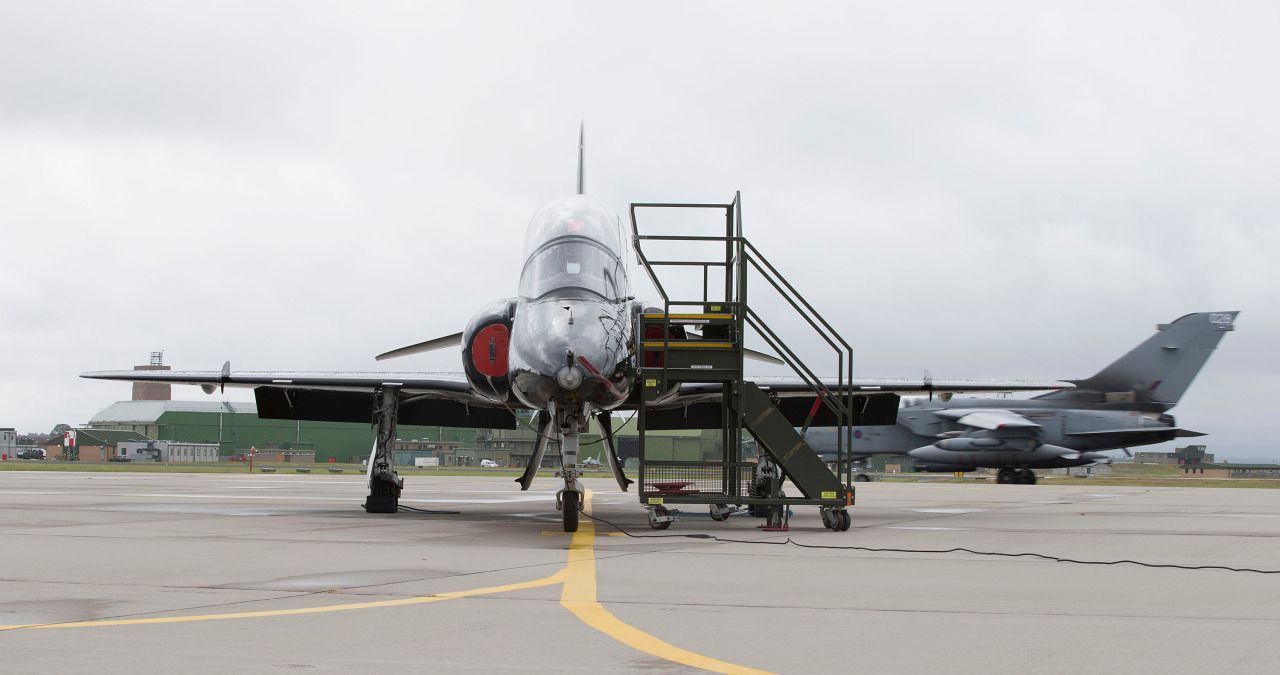
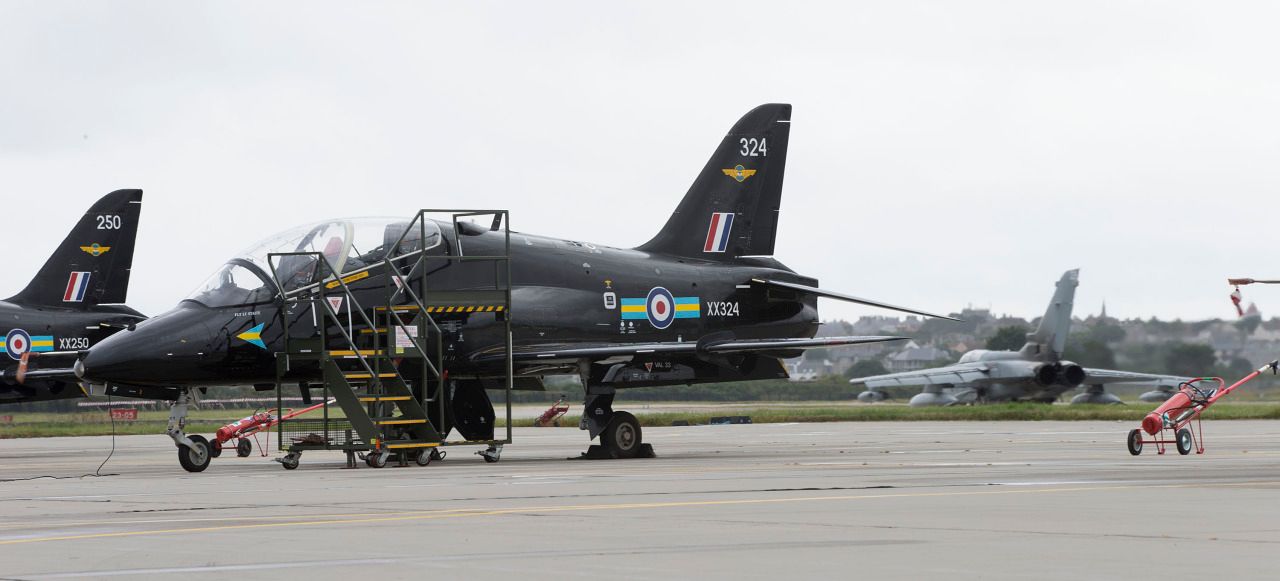
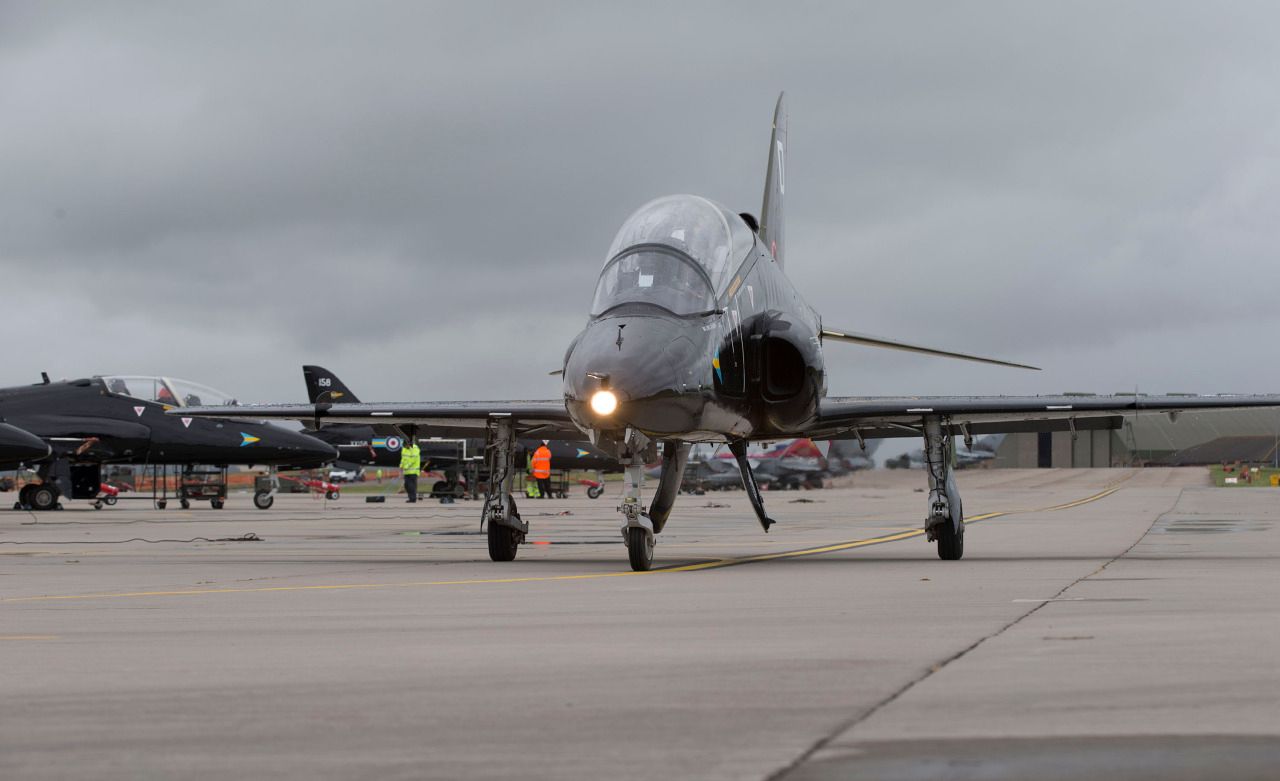
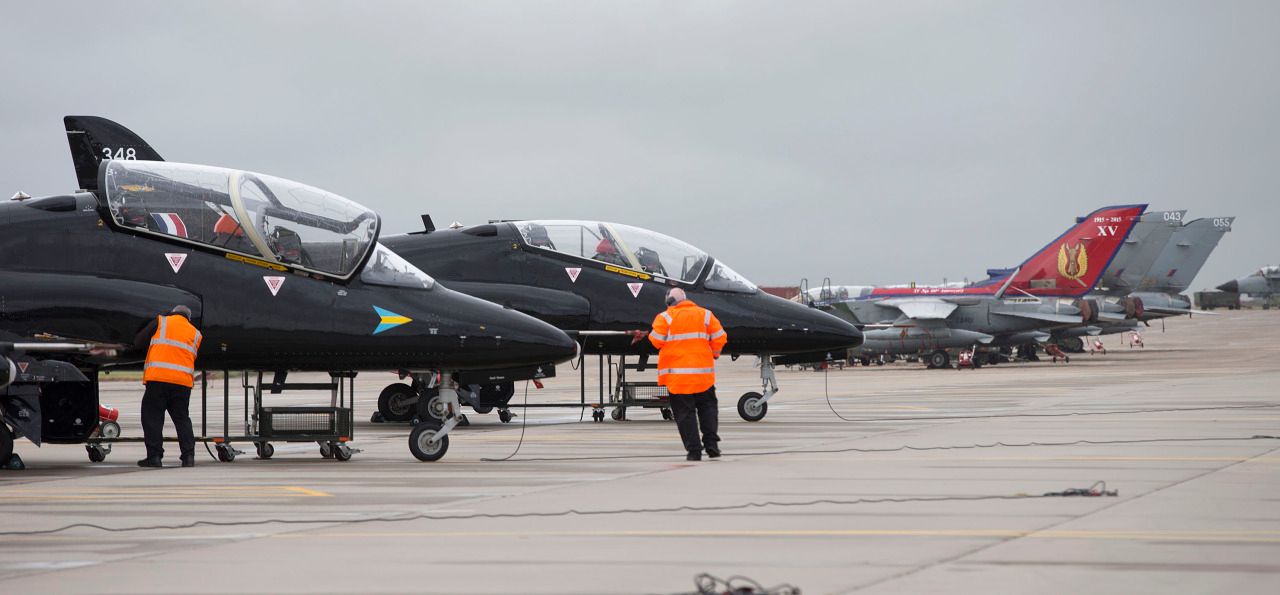
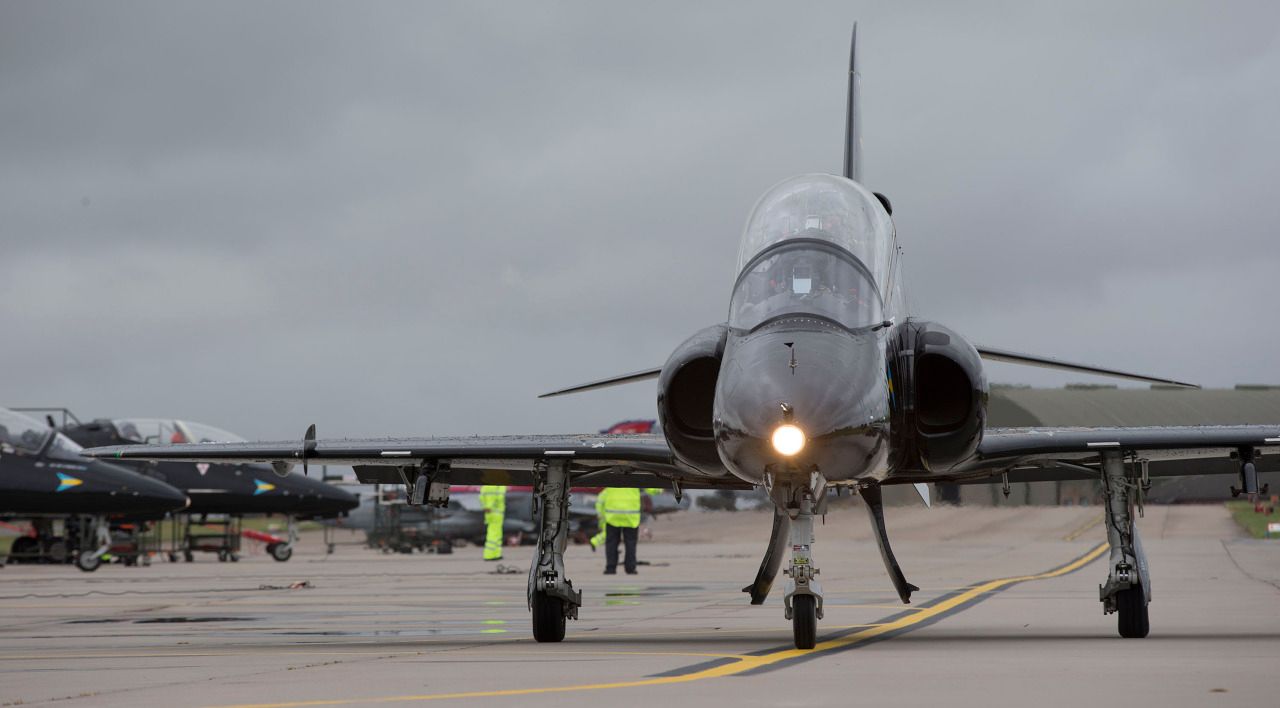
PACIFIC OCEAN (Aug. 6, 2015) - Cmdr. Paul Flores pilots an E-2C Hawkeye over USS John C. Stennis (CVN 74) after taking command of the Golden Hawks of Airborne Early Warning Squadron (VAW) 112 during an aerial change of command. The Golden Hawks are assigned to Carrier Air Wing Nine. Sailors from the John C. Stennis Strike Group are participating in the Composite Training Unit Exercise (COMPTUEX), the final step before being certified for deployment. (U.S. Navy photo by Mass Communication Specialist 3rd Class Andre T. Richard / Released).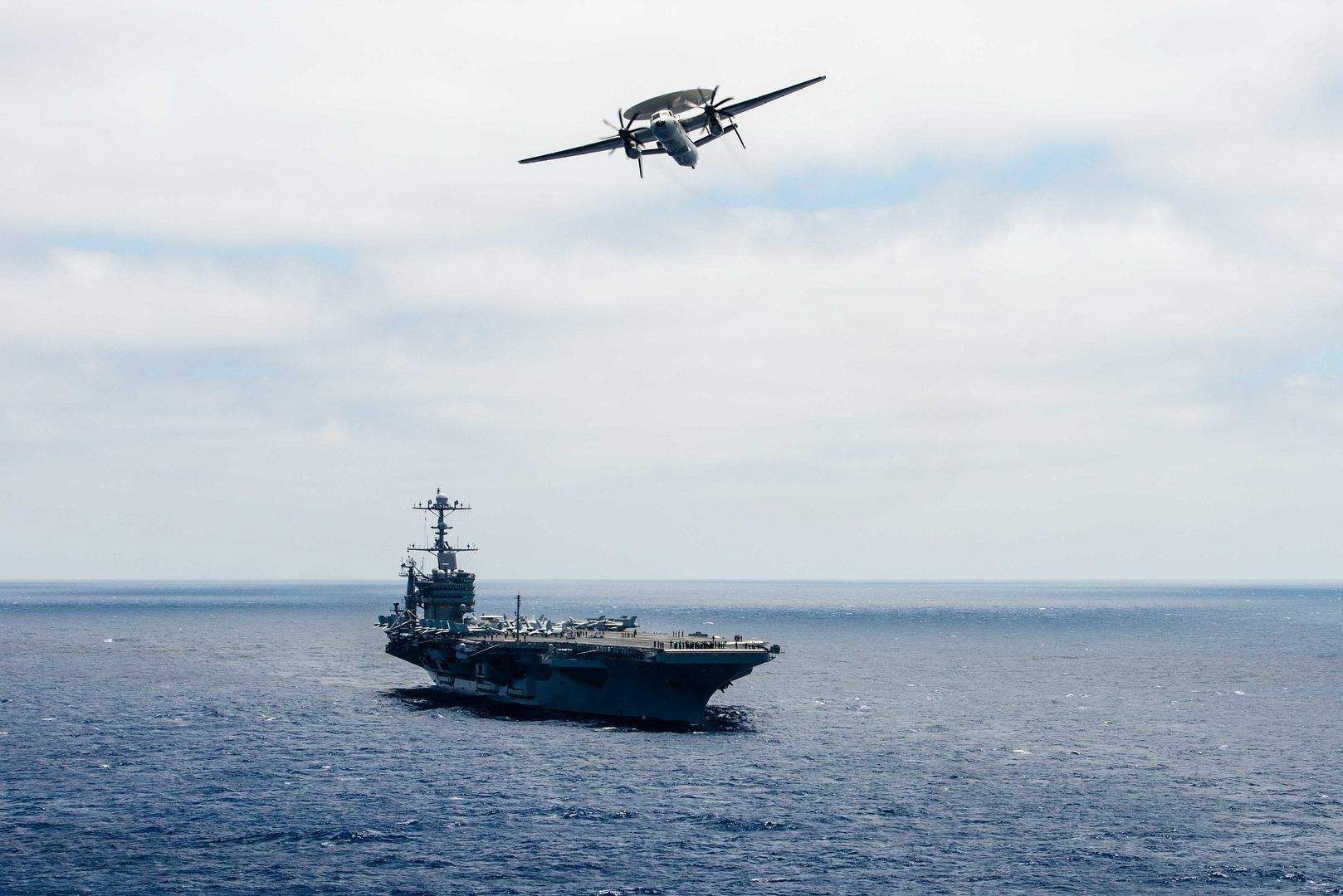
MARIETTA, Ga., Aug. 6, 2015 ? Lockheed Martin (NYSE: LMT) delivered another C-5M Super Galaxy to the U. S. Air Force on Aug. 5.
A Defense Contract Management Agency (DCMA) aircrew ferried the aircraft from the Lockheed Martin facility here to Travis Air Force Base, in Fairfield, California, where it will be permanently based. It will be the 12th Super Galaxy assigned to Travis.
The aircraft (U. S. Air Force serial number 86-0026) as originally delivered to the Air Force in June 1988 and has recorded approximately 20,230 flight hours over its career. This C-5M was delivered more than six weeks ahead of the contract commitment delivery date.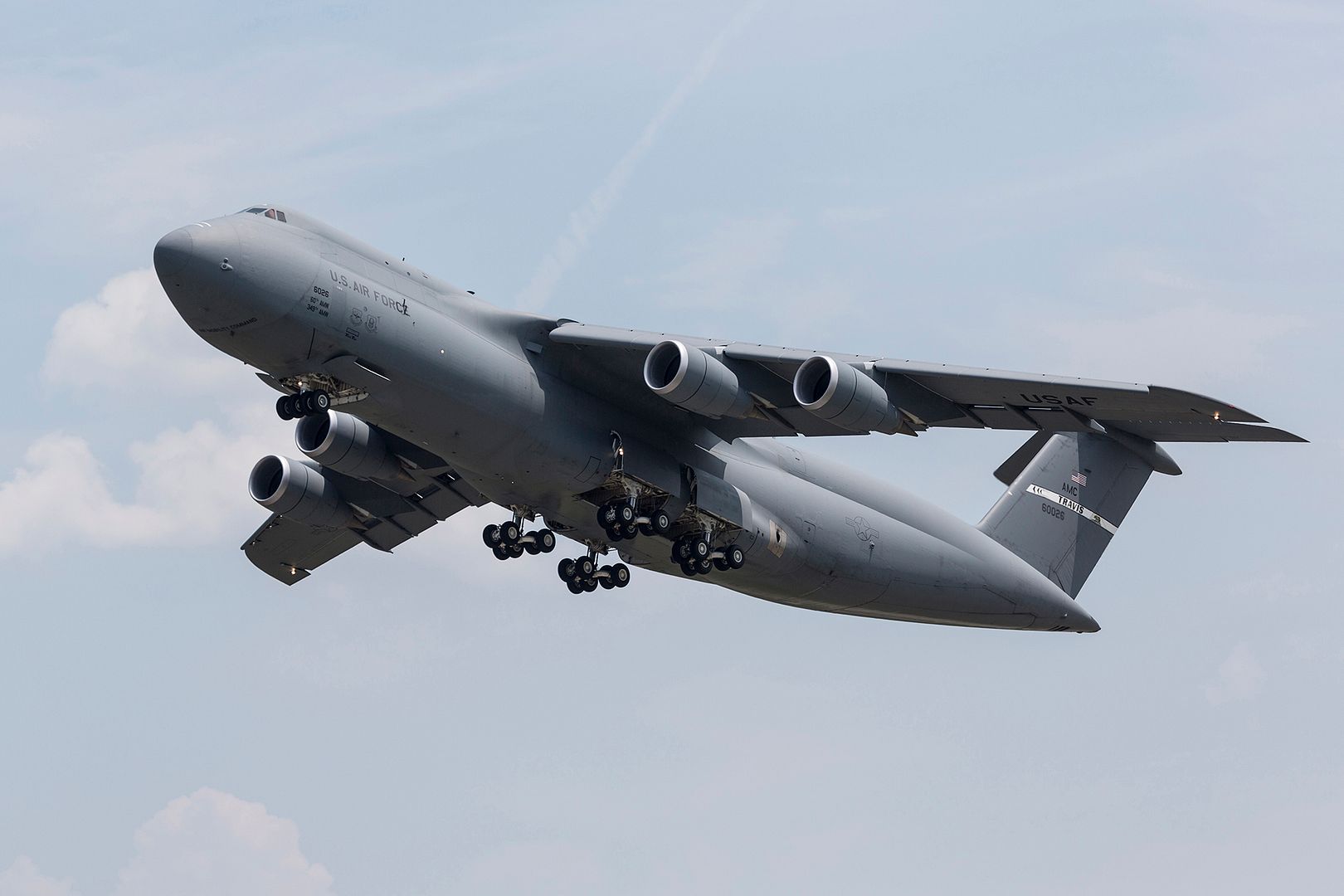
Italy?s F-35 programme has passed a key test, with an Italian Air Force KC-767A taker refuelling a Lockheed Martin F-35A for the first time.
The milestone comes as Italy prepares to flight test its first domestically-assembled F-35A, which rolled off the Cameri assembly line in March and will eventually be flown to the US to support pilot training at Luke AFB in Arizona.
The joint strike fighter top-up took place 29 July over Edwards AFB in California, with 25 boom contacts and 7,259kg (16,000lb) of fuel offloaded to the US Air Force F-35 (AF-4).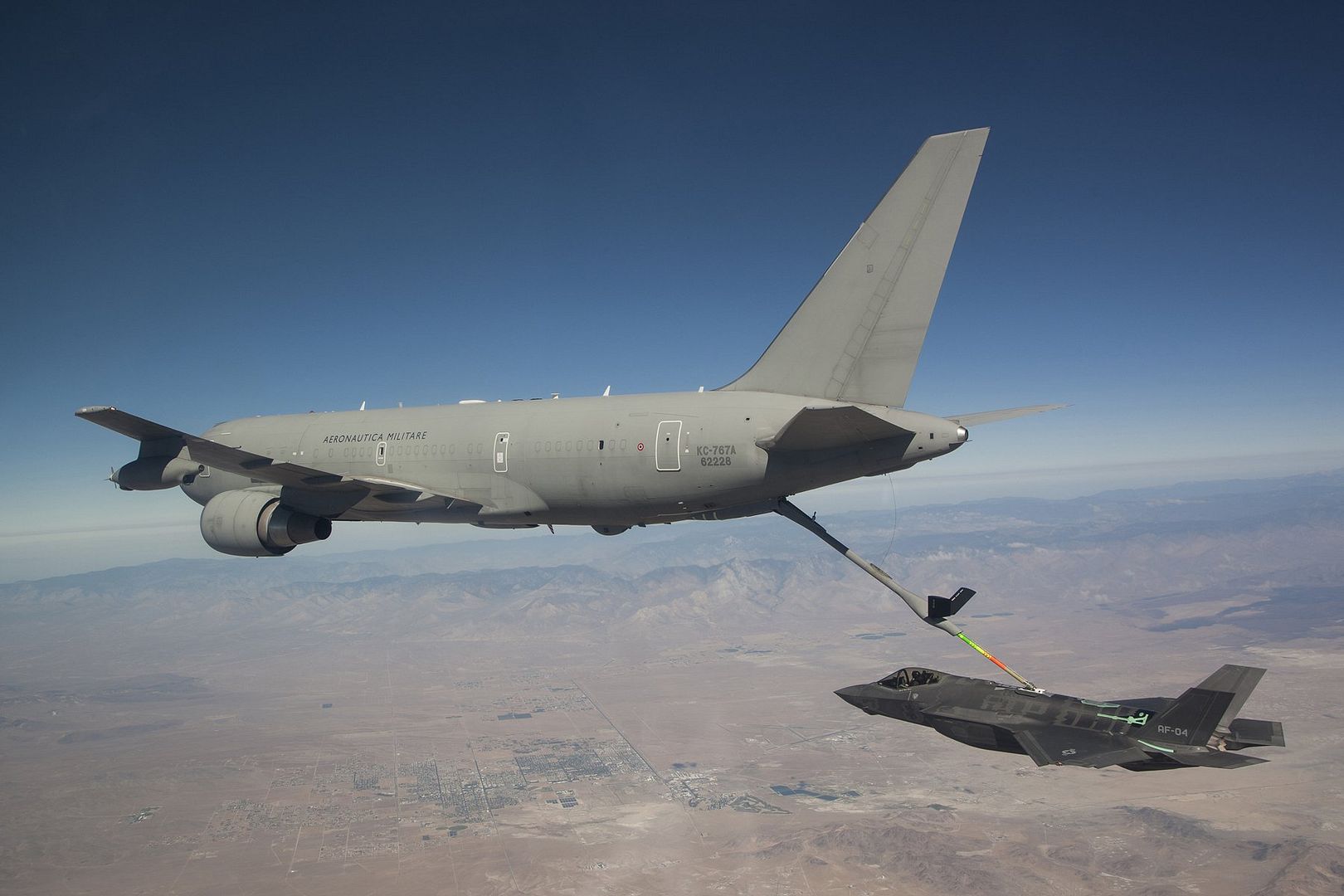
?Italy's KC-767A is the first international tanker not operated by the USAF to undergo refueling certification trials with a US aircraft,? the F-35 joint programme office said in a statement.
Italy operates four Boeing-built KC-767A based at Pratica di Mare Air Base, and intends to purchase 60 F-35As and 30 F-35Bs to replace the Tornado, AMX and AV-8 Harrier. -
10 years ago
 Main AdminThe U.S. Air Force deployed six F-16 Fighting Falcons from Aviano Air Base, Italy, support equipment and approximately 300 personnel to Incirlik Air Base, Turkey, in support of Operation Inherent Resolve Aug. 9, 2015. This follows Turkey?s decision to host the deployment of U.S. aircraft conducting counter-ISIL operations. The U.S. and Turkey, as members of the 60-plus nation coalition, are committed to the fight against ISIL in pursuit of peace and stability in the region. (U.S. Air Force photo's Senior Airman Michael Battles/Released)
Main AdminThe U.S. Air Force deployed six F-16 Fighting Falcons from Aviano Air Base, Italy, support equipment and approximately 300 personnel to Incirlik Air Base, Turkey, in support of Operation Inherent Resolve Aug. 9, 2015. This follows Turkey?s decision to host the deployment of U.S. aircraft conducting counter-ISIL operations. The U.S. and Turkey, as members of the 60-plus nation coalition, are committed to the fight against ISIL in pursuit of peace and stability in the region. (U.S. Air Force photo's Senior Airman Michael Battles/Released)
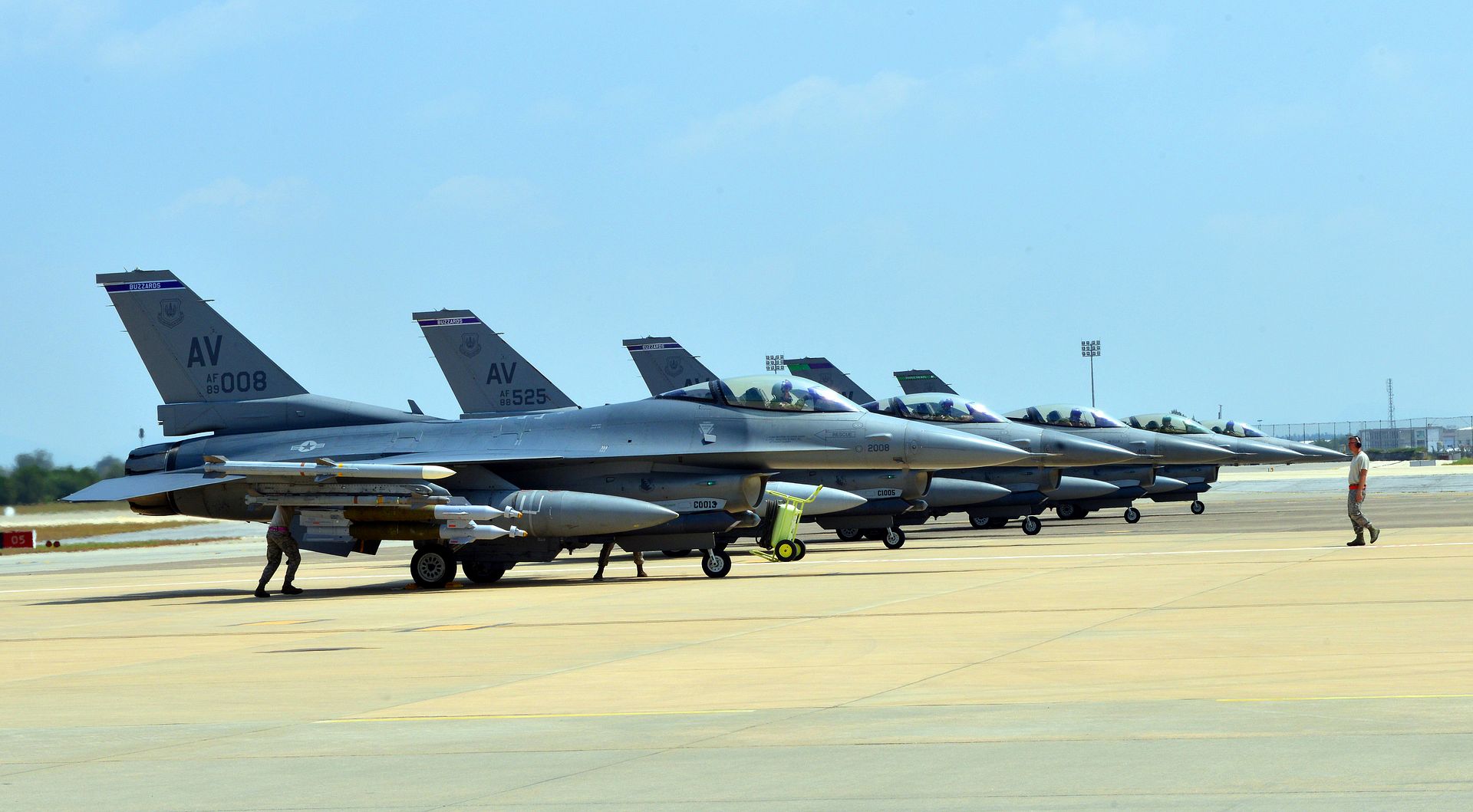
-
10 years agoTue Aug 11 2015, 01:02pm
 Main AdminRAF Coningsby is used to hosting a variety of visitors throughout the year - some of the recent visitors included aircraft and personnel from 18 (B) Squadron based at RAF Odiham. They were based at our Visiting Aircraft and Handling Squadron which is the first point of contact for all visiting aircraft and aircrew to the station.
Main AdminRAF Coningsby is used to hosting a variety of visitors throughout the year - some of the recent visitors included aircraft and personnel from 18 (B) Squadron based at RAF Odiham. They were based at our Visiting Aircraft and Handling Squadron which is the first point of contact for all visiting aircraft and aircrew to the station.
18 (B) Squadron is based at RAF Odiham, Hampshire, where it operates the Boeing Chinook HC2 in the Support Helicopter role. It has two Operational Flights (A and B Flt), an Operational Conversion Flight (C Flt or the OCF) and a HQ Flight.
In recent years, personnel from 18(B) Squadron have been involved in all the major conflicts where British Forces have deployed. This includes Bosnia, Kosovo, Sierra Leone, Iraq and most recently Afghanistan.
Photographer: SAC Hannah Beevers and SAC Megan Woodhouse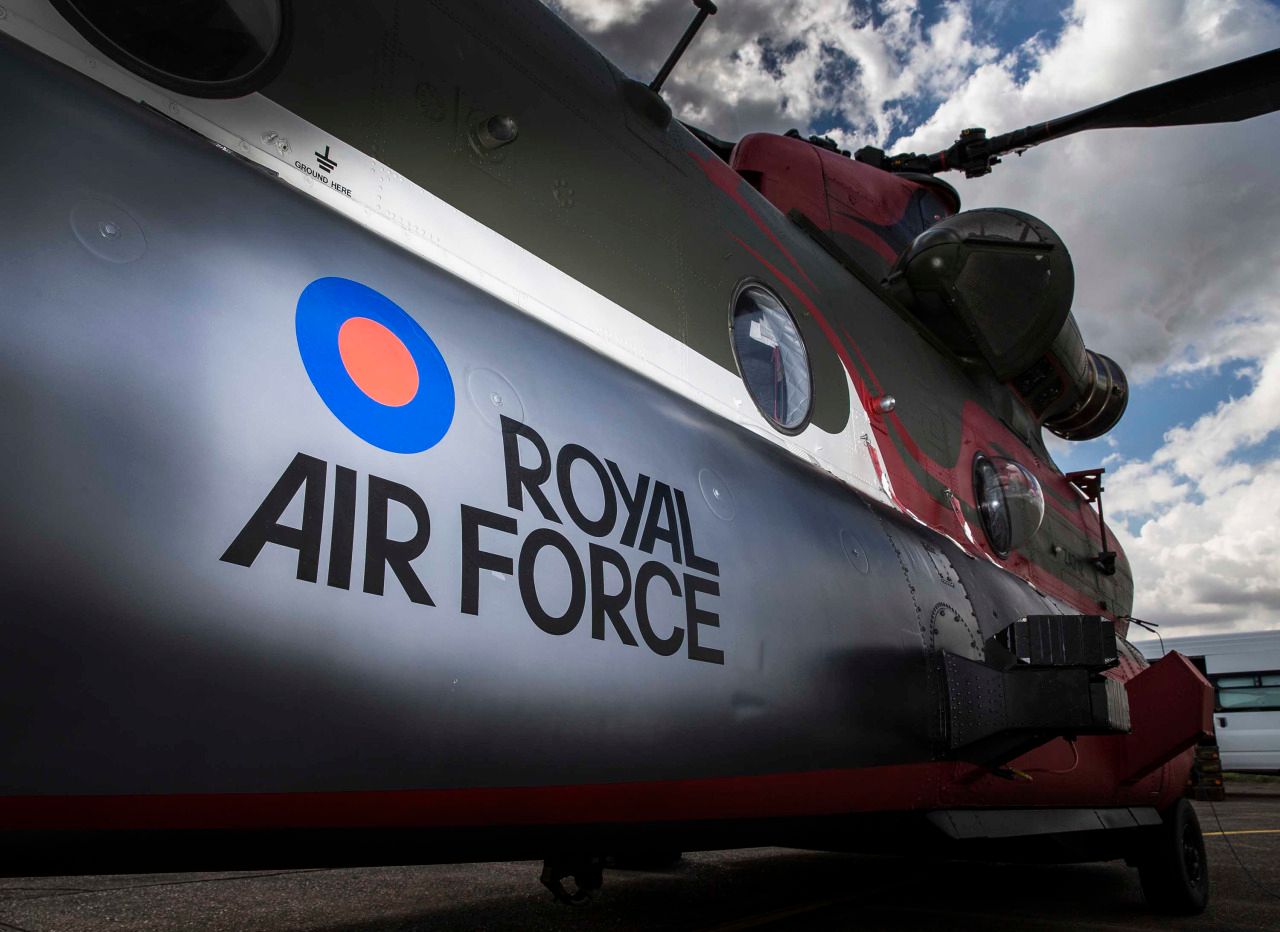
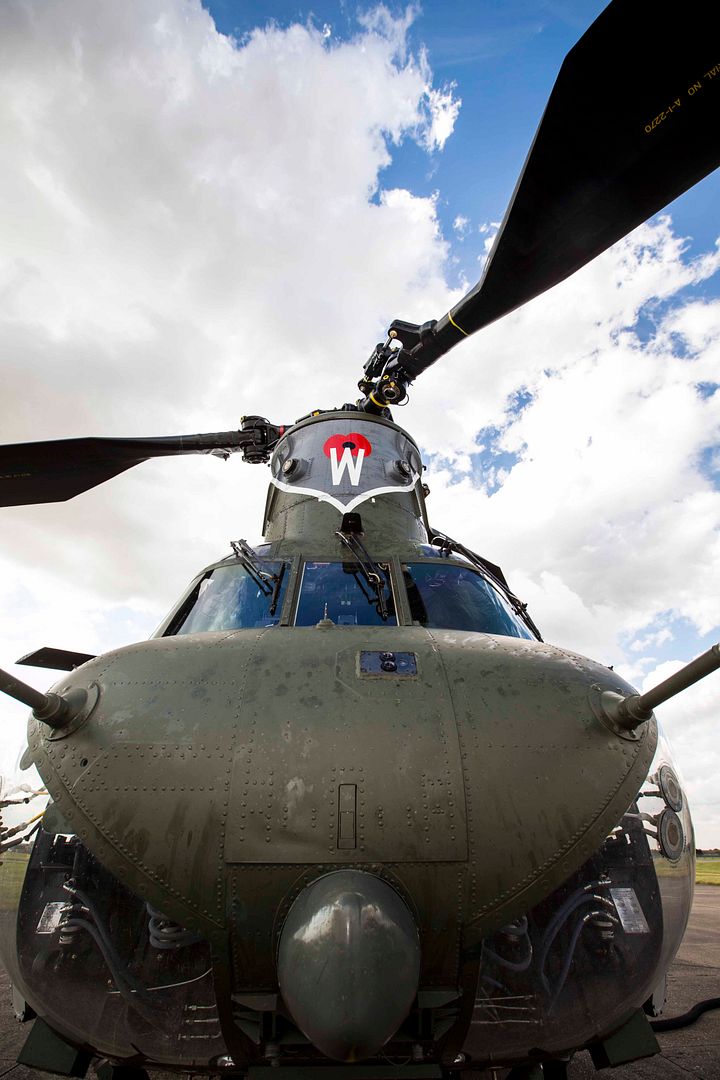
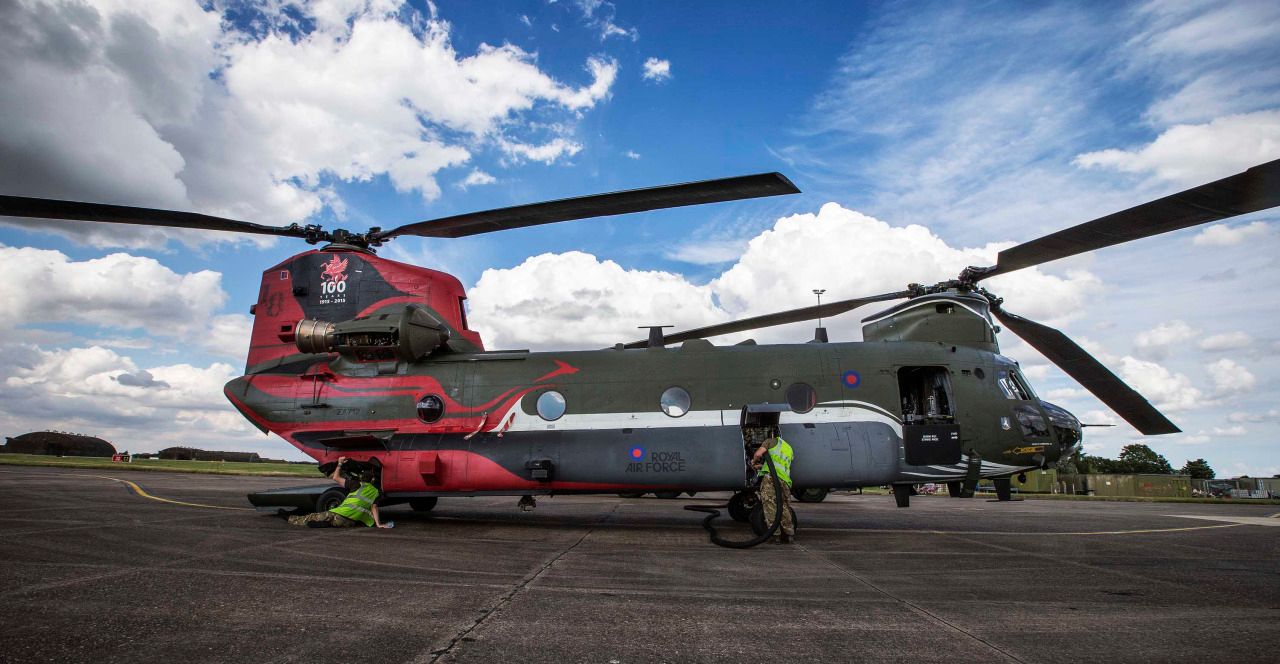
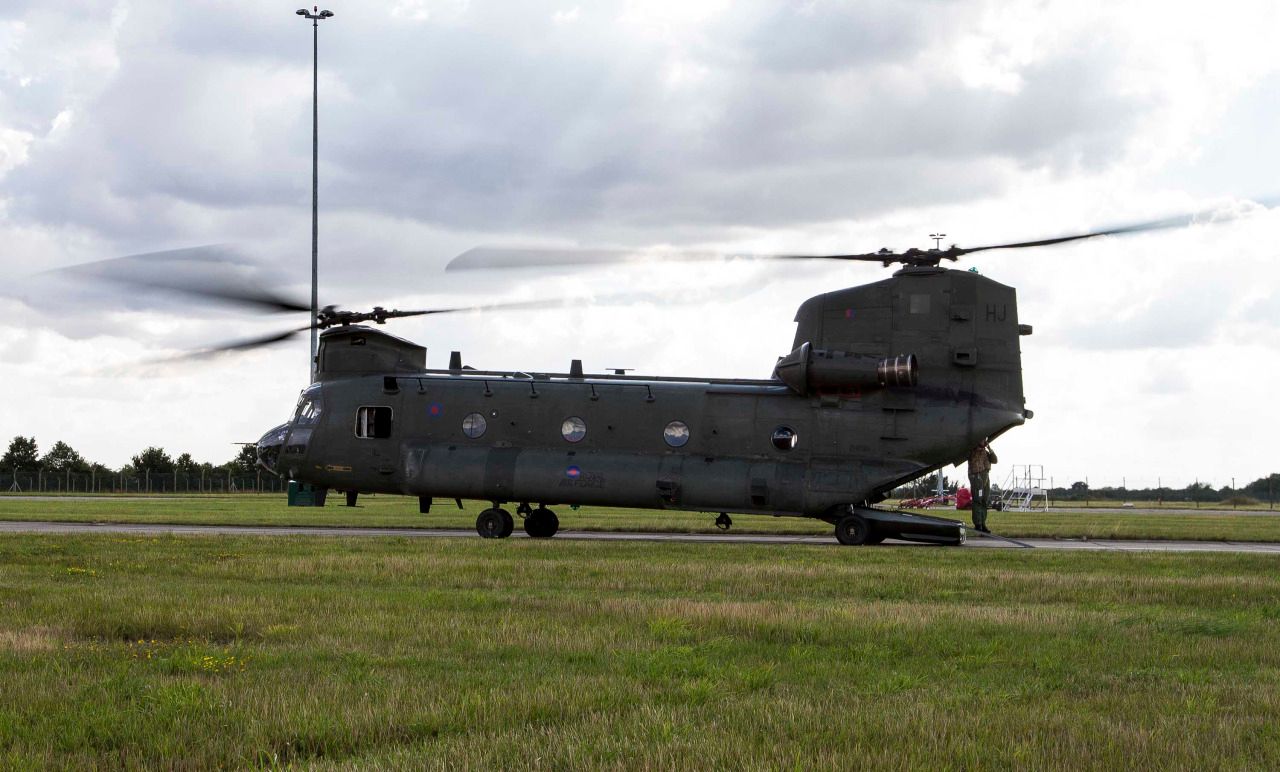
ORLANDO, Fla., Aug. 10, 2015 ? Lockheed Martin (NYSE:LMT) received a direct commercial sale contract through Mitsubishi Heavy Industries to integrate the Sniper Advanced Targeting Pod (ATP) onto the Japan Air Self-Defense Force?s (JASDF) F-2 aircraft.
This initial contract, awarded in 2014, includes a Sniper pod, spares and support equipment for integration. The F-2 is the eighth aircraft platform to be equipped with Sniper ATP, joining variants of the F-15, F-16, F-18, A-10, B-1, B-52 and Harrier.
?Sniper ATP?s proven performance and low life cycle cost will provide necessary support to the JASDF mission,? said Marc Nazon, Sniper international program manager at Lockheed Martin Missiles and Fire Control. ?Integrating Sniper ATP on the F-2 also enables increased collaboration in U.S. Air Force and JASDF joint combat operations.?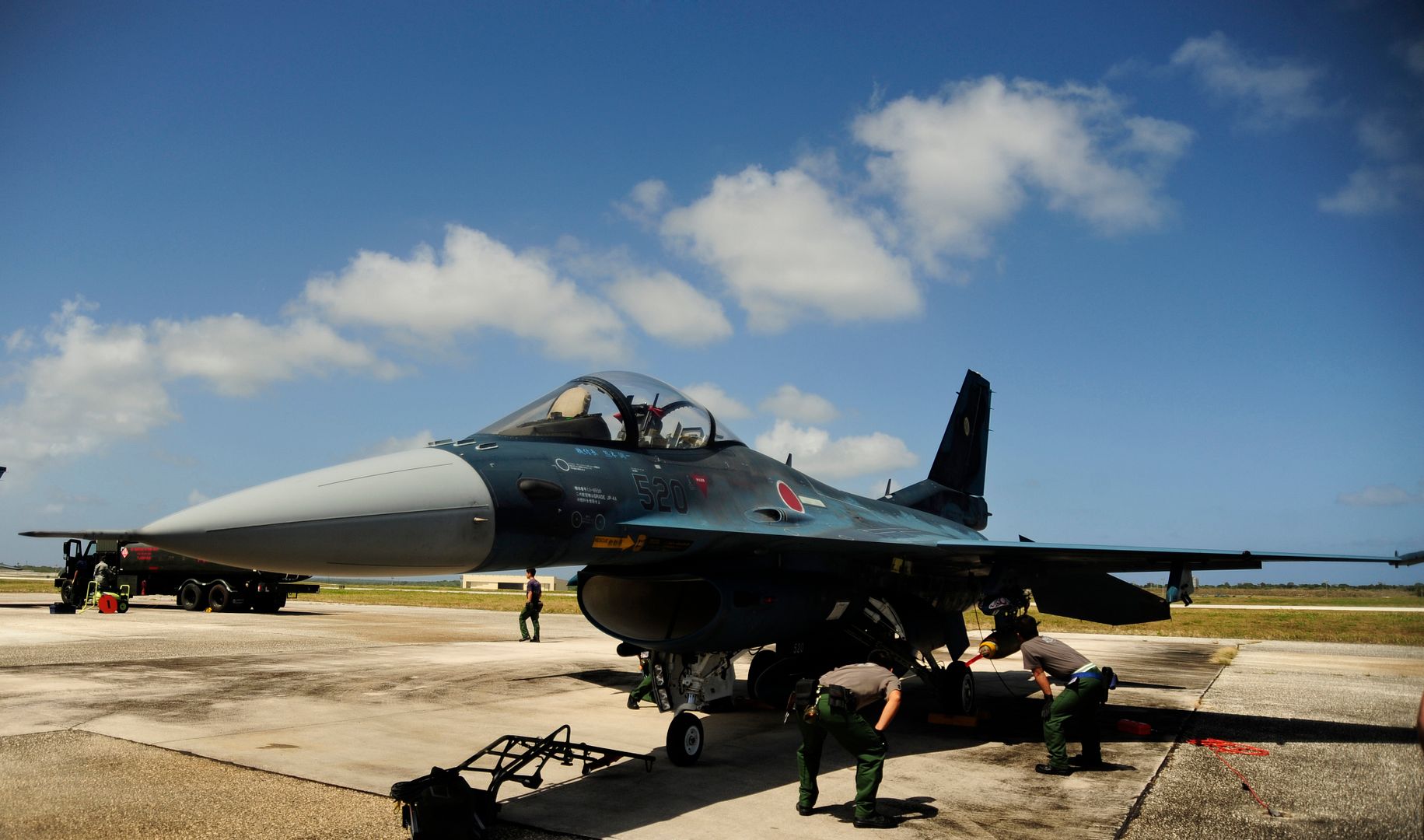
Lockheed Martin will work with Mitsubishi Heavy Industries, the prime aircraft manufacturer, to complete Sniper ATP integration on the F-2. Follow-on contracts are expected to include additional pods, spares, logistics and support equipment for the F-2 fleet.
Sniper ATP offers pilots high-resolution imagery for precision targeting and non-traditional intelligence, surveillance and reconnaissance missions. It detects, identifies, automatically tracks and laser designates small tactical targets at long ranges and supports employment of all laser- and GPS-guided weapons against multiple fixed and moving targets.
Germany
Successful maidenflight with Messerschmitt Bf109 G D-FOON belonging to The Fighter Factory is done.
LINK- https://www.facebook.com/pages/MeierMotors-GmbH/196699400376090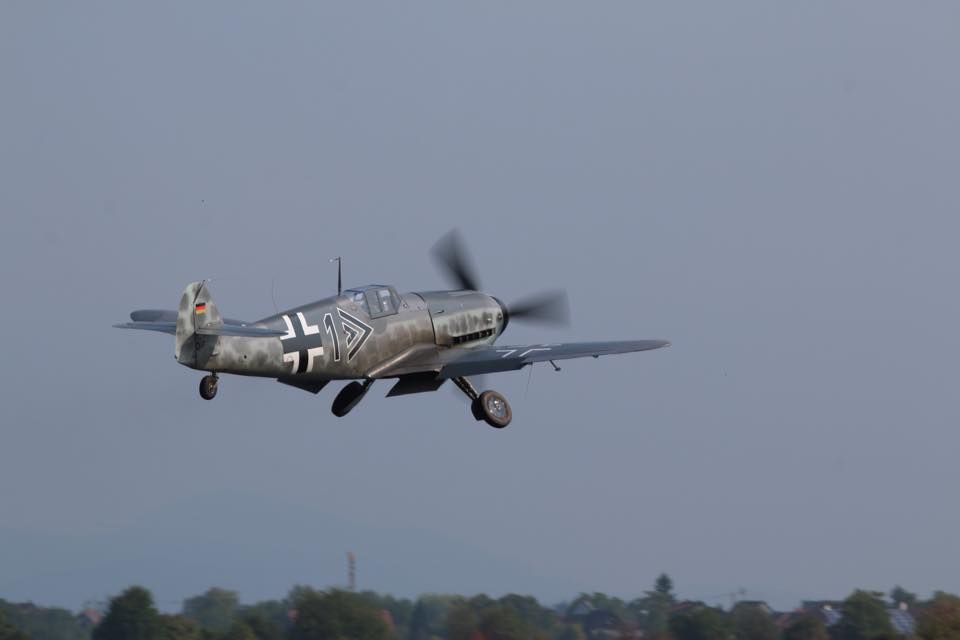
-
10 years agoWed Aug 12 2015, 12:47pm
 Main Admin12 August 2015
Main Admin12 August 2015
RAF Valley hosted some colourful summer visitors recently in the shape of seven bright red Swiss Air Force Pilatus PC-21 basic fast jet trainers. The Swiss Air Force spent a week at the Anglesey air base working with 208(R) Sqn to gain experience at operating from a foreign location, and to conduct flying training in a different - but slighter smaller - mountain range with the additional challenges of a coastal, maritime environment.
The Swiss PC21 is one of the world?s most advanced basic trainers. The aircraft can mimic jet engine handling and fighter aircraft maneuverability. It can also have the cockpit ergonomics tailored to mimic a nation?s front-line fighter type. In the case of the Swiss, the PC21 is designed to be a trainer aligned to the Boeing F-18 Hornet, the country?s primary air defence aircraft.
Photos: SAC Rob Travis RAF Valley
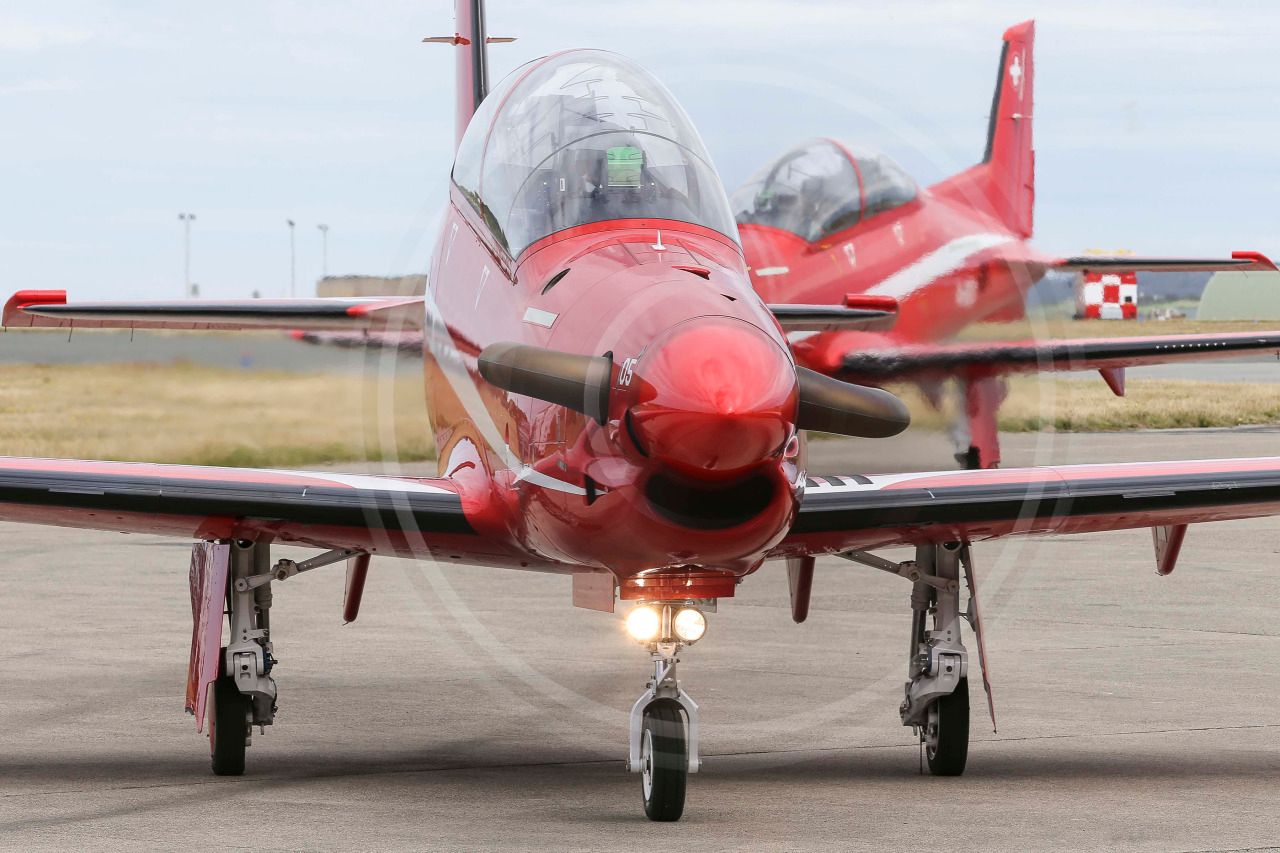


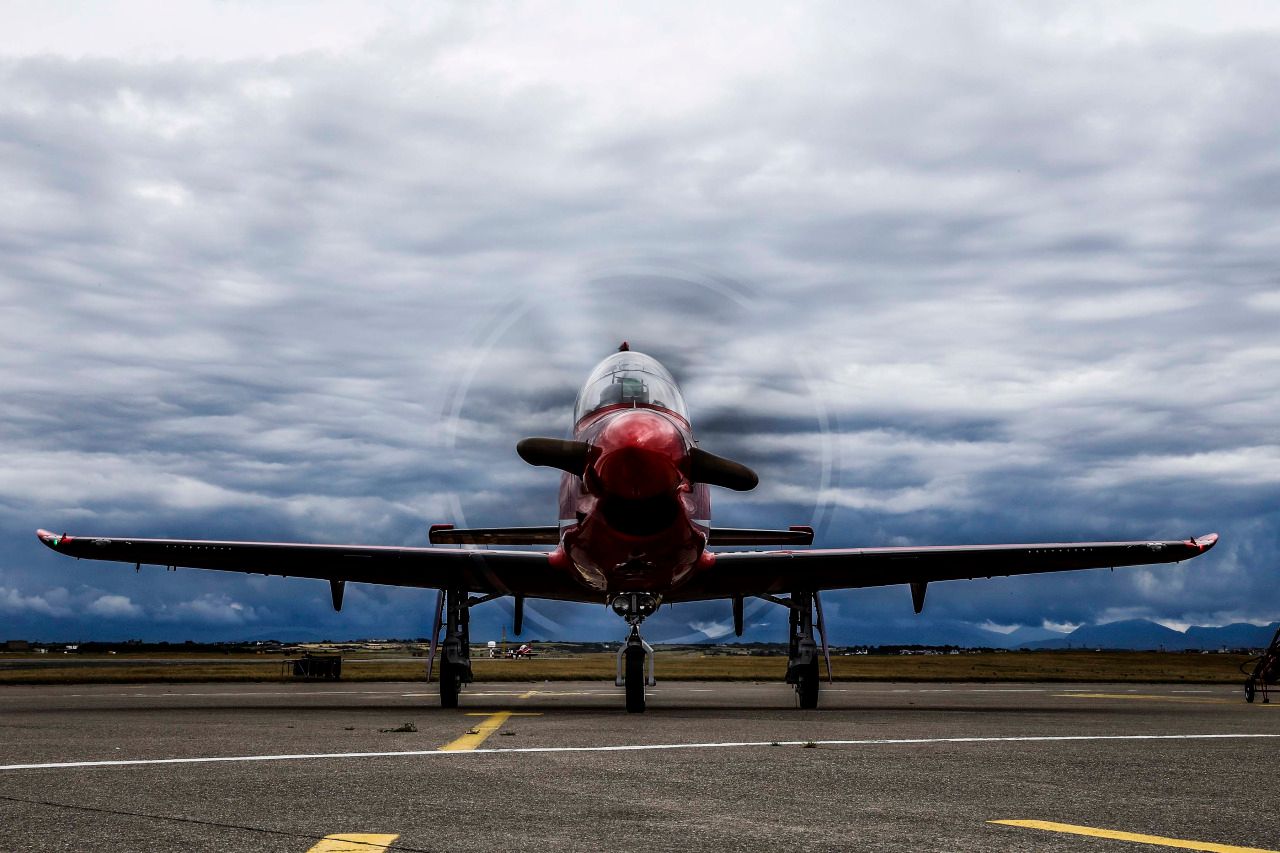
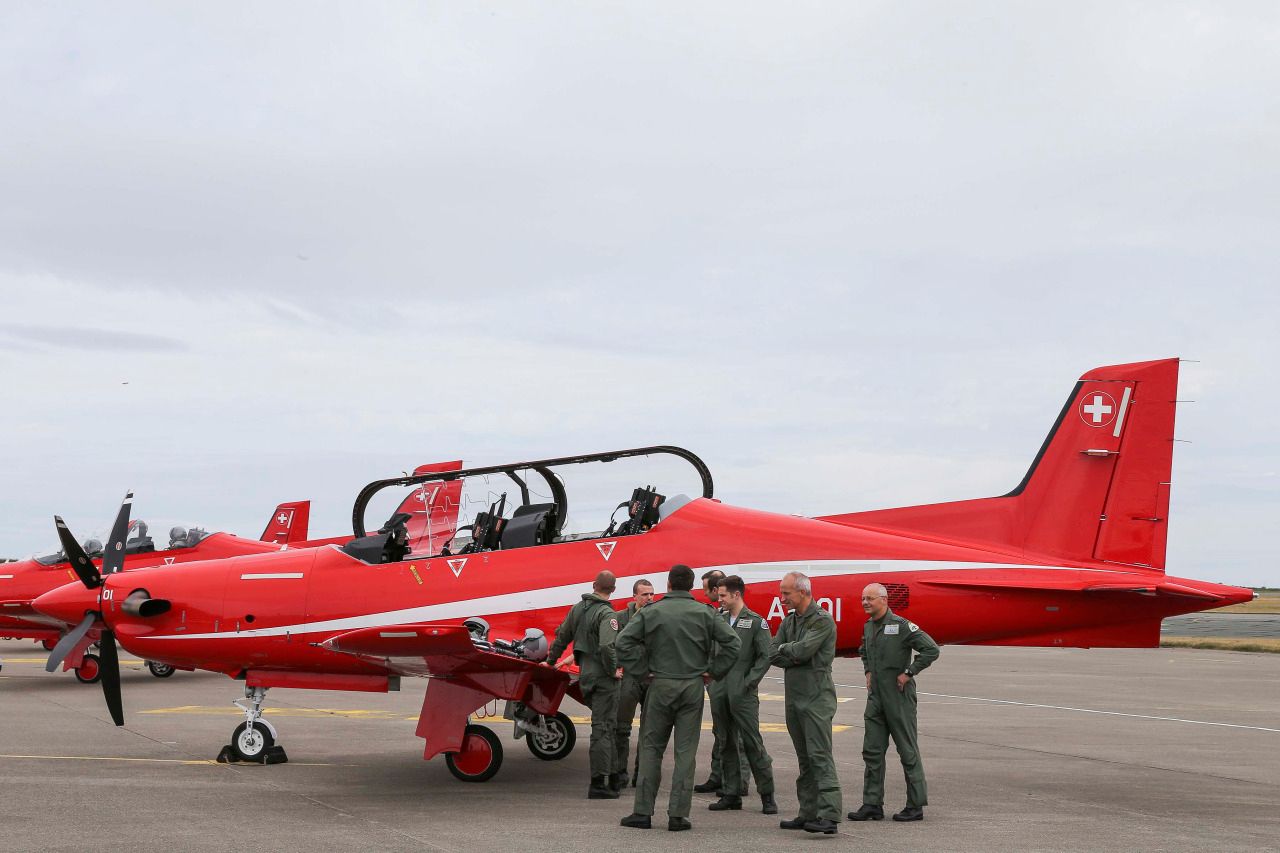
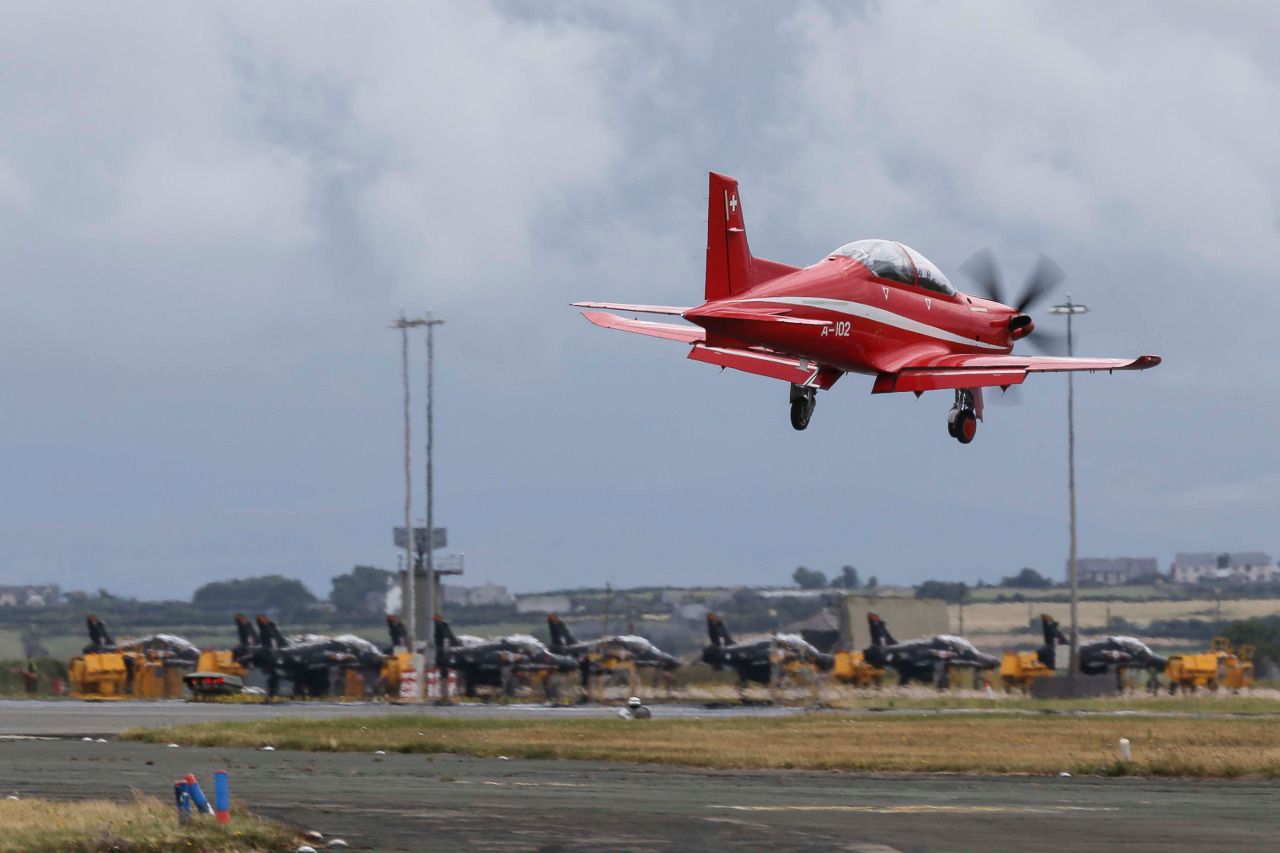
The Modern Dogfight
(Source: Israeli Air Force; dated July 27, 2015)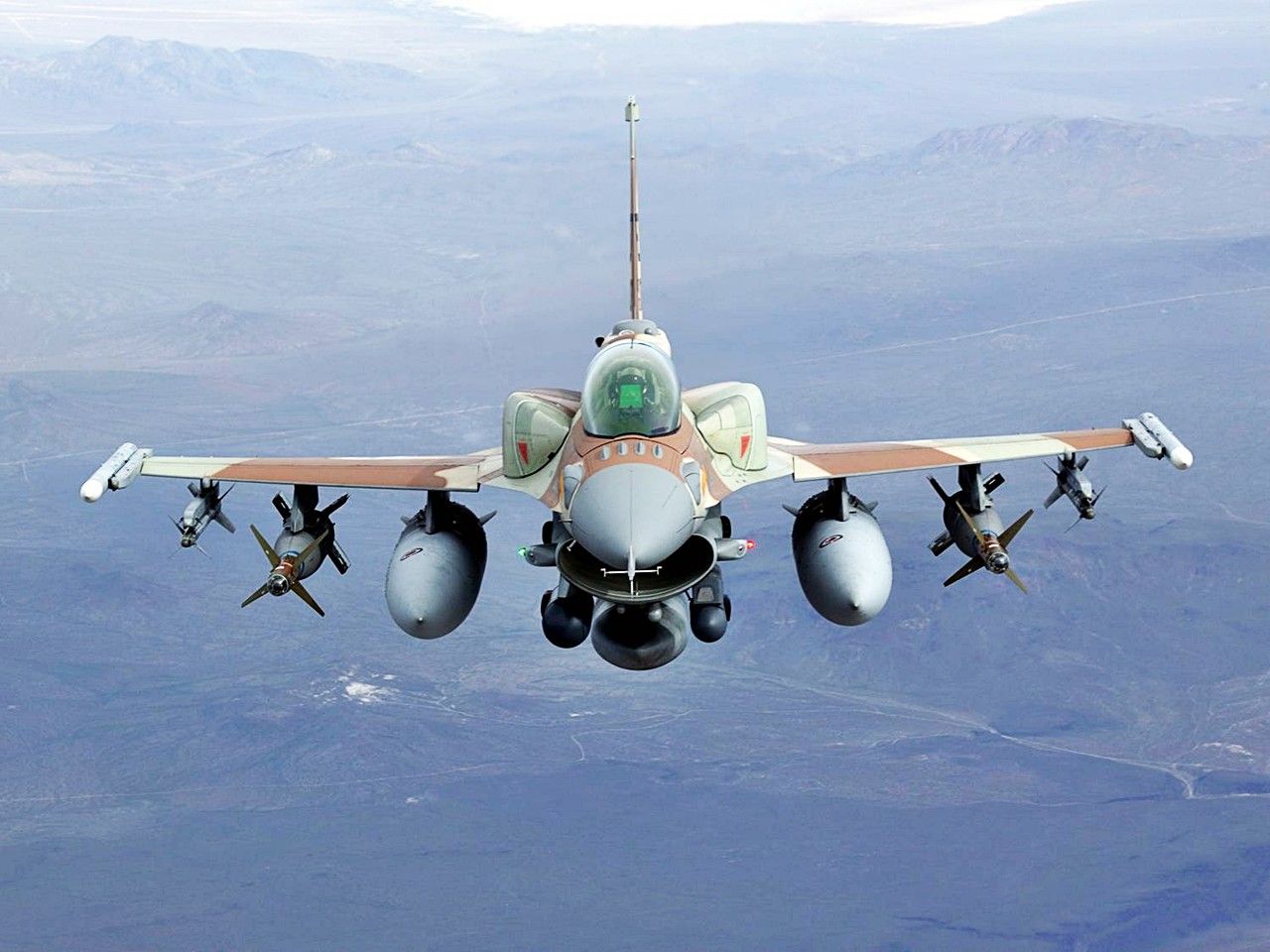
101 years have passed since aerial fights (dogfights) were first conducted during World War I. But even today, after 30 years without a single dogfight, the IAF continues to prepare for such a scenario.
23 July 1914, World War I breaks out. This war marked the beginning of military aviation, as it comprised the first air fights in history. Air fights have since become more sophisticated, designated weapons were developed and countless heroic stories were created over the years.
Despite of the fact that the last "dogfight" of the IAF took place 30 years ago, a major part of the combat squadrons training program is still dedicated to preparing for possible air battles.
"The Israeli Air Force is significantly more advanced than other air forces, yet we cannot overlook the development of the air forces around us", states Major Lior, deputy commander of the "Negev" squadron which operates F-16I fighters. "The threat is still relevant and therefore all combat squadrons, whether they are targeted for attack missions or interception missions, prepare for it on a regular basis. At least 50 percent of training in the combat squadrons is dedicated to dogfights".
IAF platforms hold advanced capabilities which will stand to their right in case of an aerial fight. The F-16I "Sufa" possess unique electronic capabilities, carrying highly advanced ammunition, excellent self-defense systems and broad aerial picture provided to the pilot by helmet-mounted display.
"Up until a few decades ago, dogfights included several aircraft at a time and were conducted in close ranges, requiring a pilot to get near the enemy aircraft and shoot it from a very close range", says Major Lior. "In the modern age, since radar missiles came into use, you can intercept an aircraft from a long distance".
Physical Pressure Alongside Unpredictability
When practicing aerial battles, the pilot is required to operate under significant physical pressure generated by the aircraft maneuvers, as well as mental pressure.
"Dogfights will forever be conducted under uncertainty and the fact that you are fighting against an autonomous enemy makes the training challenging", adds Major Lior. "Dogfight training does not only preserve that specific capability, but also enhances other skills such as decision making under pressure, distribution of attention and aerial orientation. Those skills are acquired during dogfight training but also relevant for other scenarios where the pilot must make quick and accurate decisions under similar conditions".
NORTHERN MARIANA ISLANDS (Aug. 11, 2015) ? An MV-22 Osprey tiltrotor aircraft, assigned to Marine Medium Tiltrotor Squadron (VMM) 265 (Reinforced), flies through the air over the Northern Mariana Islands en route to pick up distinguished visitors from Palau. VMM 265 is currently embarked with Bonhomme Richard Expeditionary Strike Group and is on patrol in the U.S. 7th Fleet area of operations. (U.S. Navy Photo by Mass Communication Specialist 3rd Class Cameron McCulloch/Released)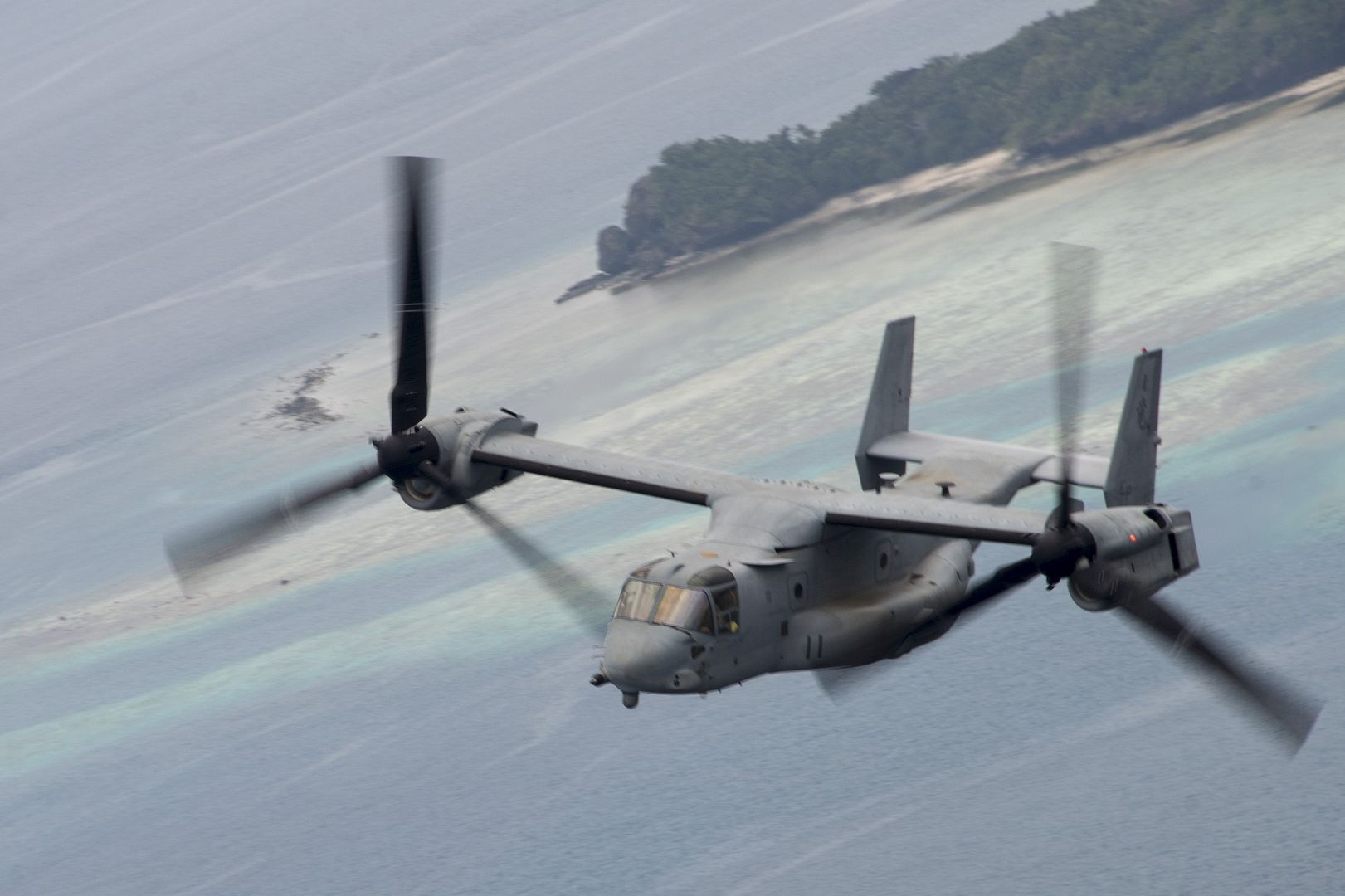
-
10 years agoThu Aug 13 2015, 03:56pm
 Main AdminA Republic of Korea Air Force (ROKAF) F-16D Fighting Falcon taxis prior to launch at Eielson Air Force Base, Alaska, Aug. 4, 2015. The ROKAF is participating in RED FLAG-Alaska 15-3, a Pacific Air Forces commander-directed field training exercise for U.S. and partner nation forces, providing combined offensive counter-air, interdiction, close air support and large force employment training in a simulated combat environment. (U.S. Air Force photo by 1st Lt. Elias Zani/ Released)
Main AdminA Republic of Korea Air Force (ROKAF) F-16D Fighting Falcon taxis prior to launch at Eielson Air Force Base, Alaska, Aug. 4, 2015. The ROKAF is participating in RED FLAG-Alaska 15-3, a Pacific Air Forces commander-directed field training exercise for U.S. and partner nation forces, providing combined offensive counter-air, interdiction, close air support and large force employment training in a simulated combat environment. (U.S. Air Force photo by 1st Lt. Elias Zani/ Released)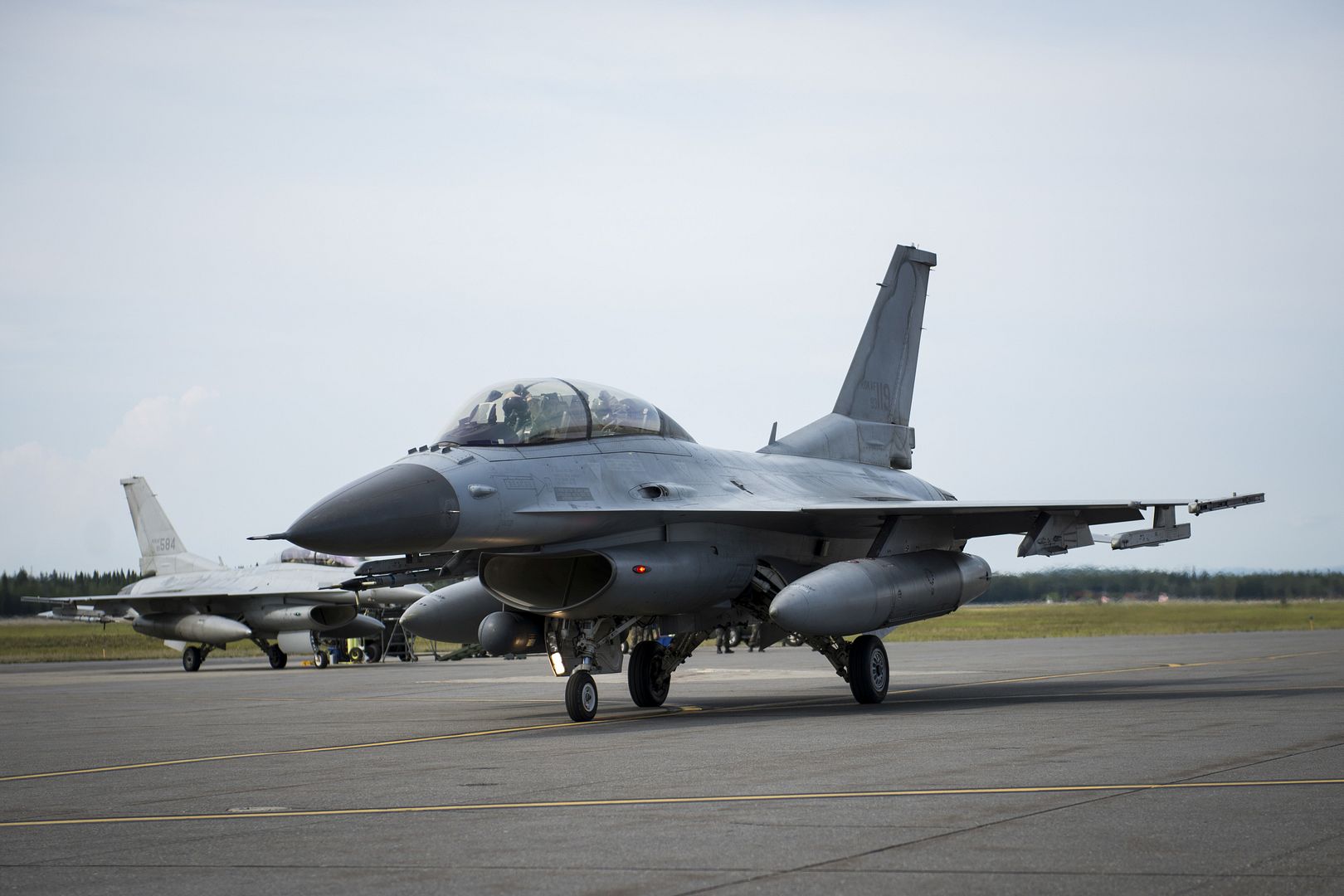
Eielson Air Force Base, Alaska, Aug. 10, 2015, Red Flag-Alaska (RF-A) 15-3. RF-A is a series of Pacific Air Forces commander-directed field training exercises for U.S. and partner nation forces, providing combined offensive counter-air, interdiction, close air support and large force employment training in a simulated combat environment. (U.S. Air Force photo's by Senior Airman Ashley Nicole Taylor/Released)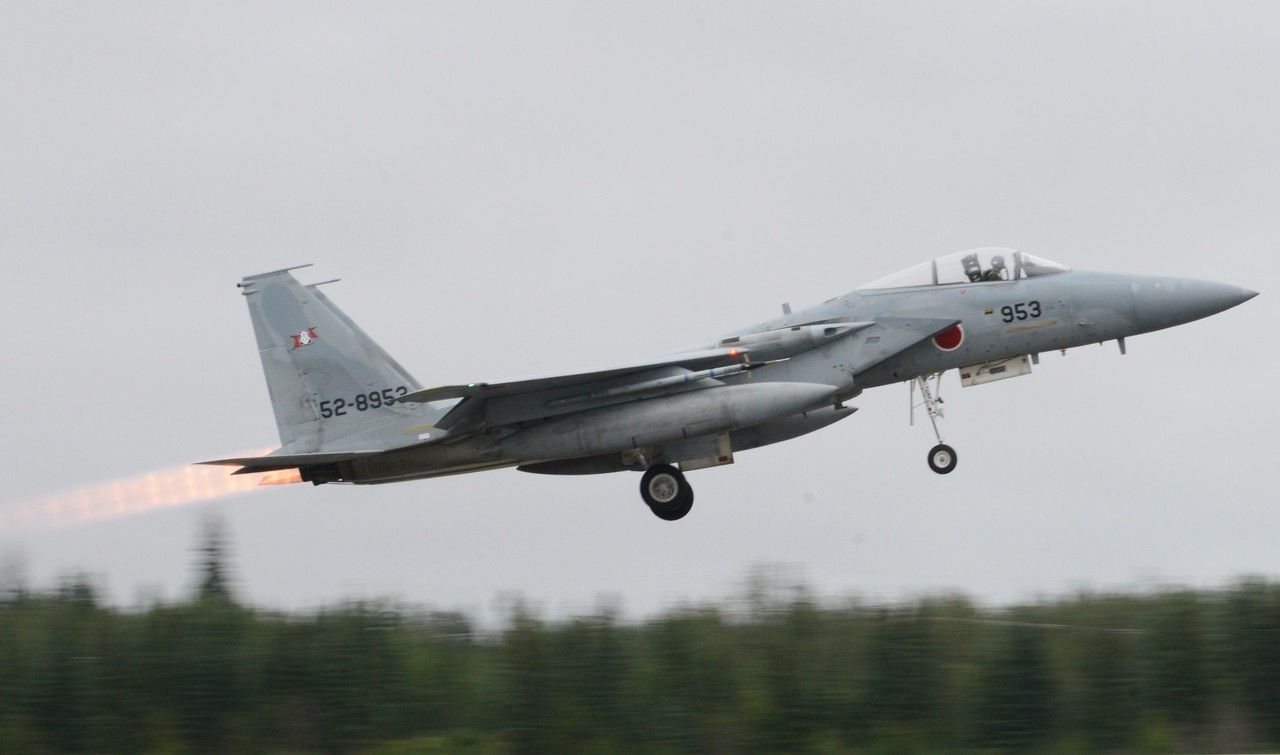
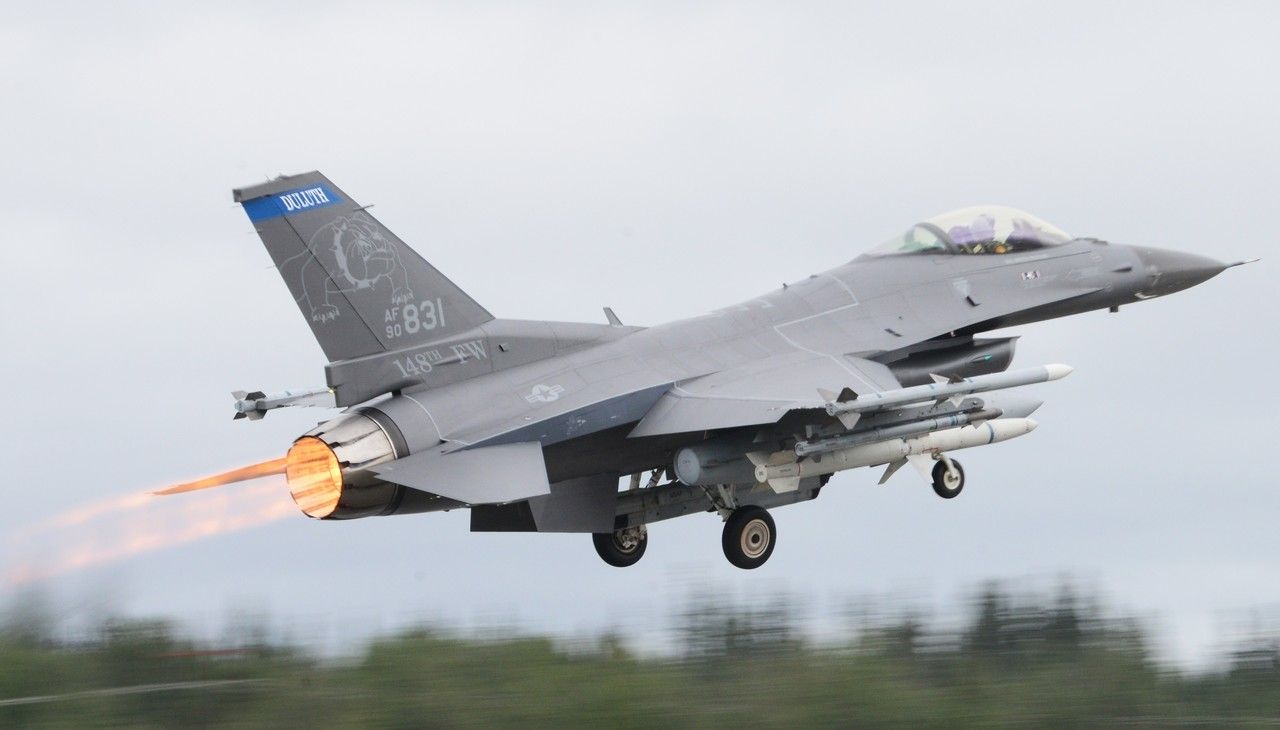
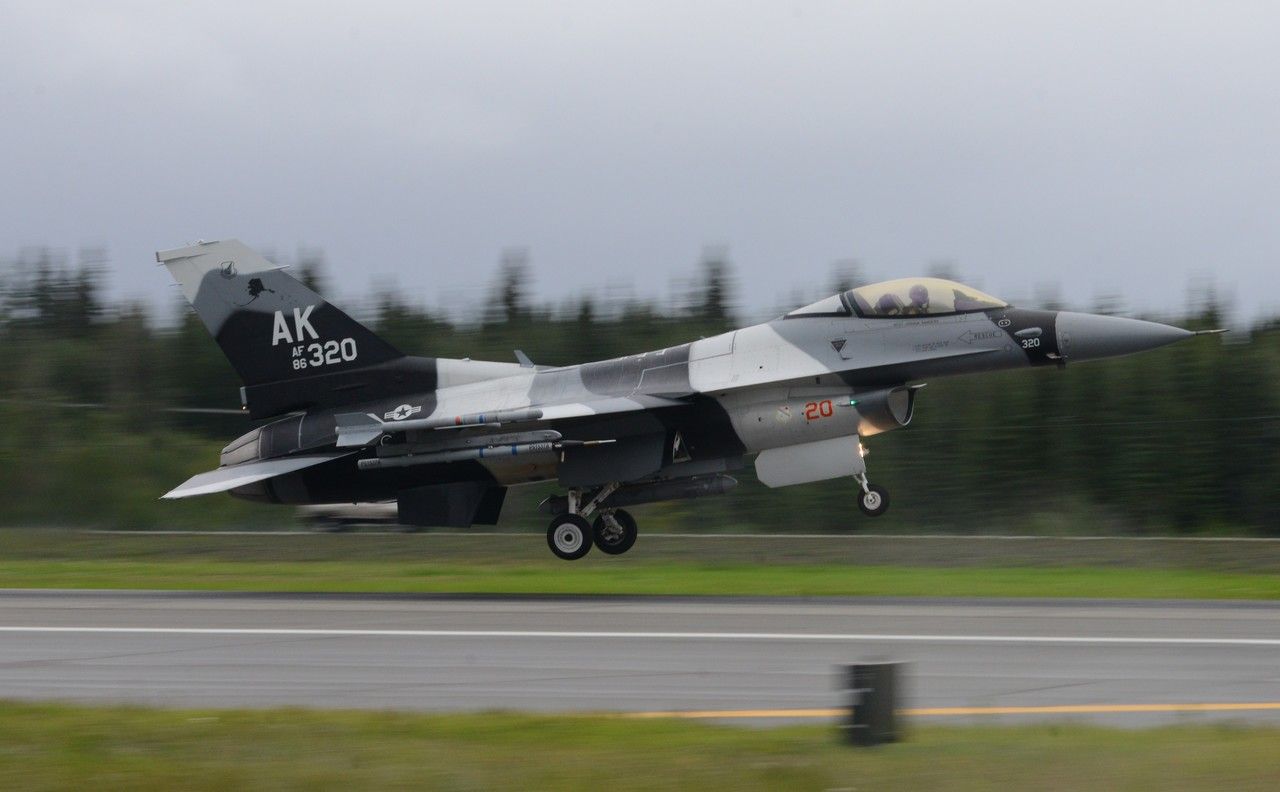

RAMSTEIN AIR BASE, Germany --- In support of Operation Atlantic Resolve, the U.S. Air Force will deploy 12 A-10 Thunderbolt IIs to Europe this Fall as a continuation of their theater security packages.
Airmen and support equipment will deploy from the historic Flying Tigers 23rd Wing at Moody Air Force Base, Ga. to locations in Central and Eastern European NATO countries.
This TSP mission is an ongoing way the U.S. helps meet security commitments in Europe. These A-10s will conduct training alongside NATO allies and partners to strengthen interoperability and to demonstrate U.S. commitment to the security and stability of Europe.
F-16 Fighting Falcons from Aviano Air Base, Italy, wait to receive fuel during an aerial refueling mission supported by two U.S. Air Force KC-135 Stratotankers from RAF Mildenhall, England, Aug. 9, 2015. The F-16s deployed to Incirlik AB, Turkey in support of Operation Inherent Resolve. This deployment coincides with Turkey's decision to host U.S. aircraft to conduct counter-ISIL operations. (U.S. Air Force photo by Tech. Sgt. Krystie Martinez/Released)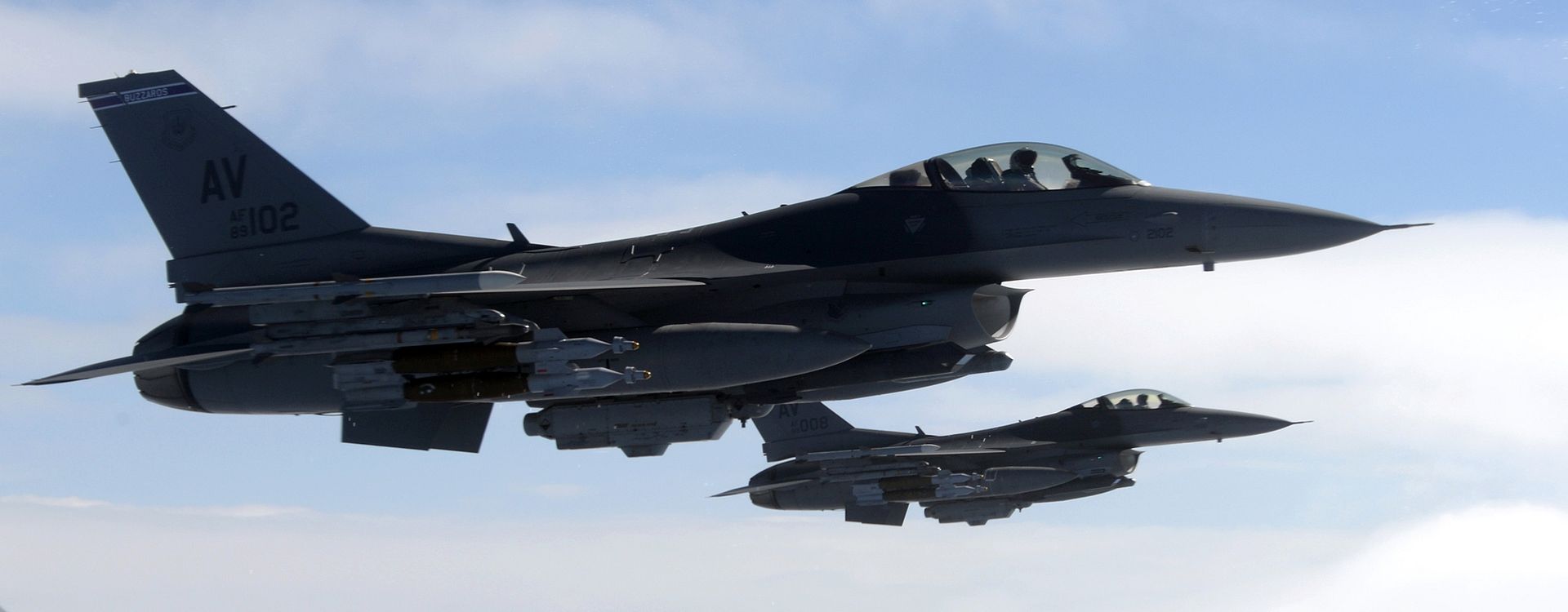
A U.S. Air Force F-16 Fighting Falcon from Aviano Air Base, Italy, flies next to a U.S. Air Force KC-135 Stratotanker from RAF Mildenhall, England, Aug. 9, 2015. The F-16s received air refueling twice over the Adriatic Sea and Greece on their flight to Incirlik AB, Turkey, in support of Operation Inherent Resolve. This deployment coincides with Turkey's decision to host U.S. aircraft to conduct counter-ISIL operations. (U.S. Air Force photo by Airman 1st Class Justine Rho/Released)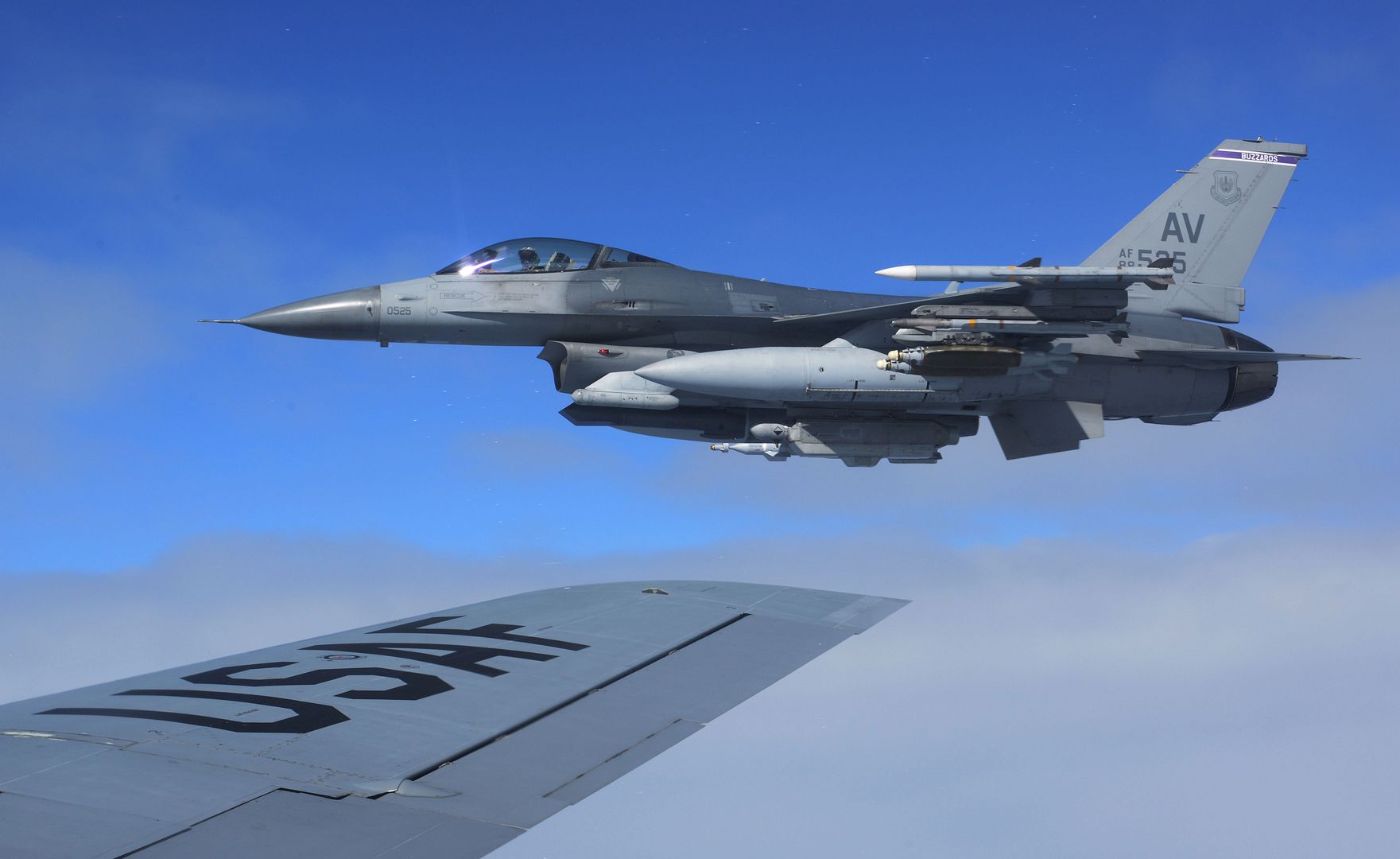
A U.S. Air Force F-16 Fighting Falcon from Aviano Air Base, Italy, receives fuel from a U.S. Air Force KC-135 Stratotanker from RAF Mildenhall, England, Aug. 9, 2015, over the Adriatic Sea. The F-16 was one of six total that deployed to Incirlik AB, Turkey in support of Operation Inherent Resolve. This deployment coincides with Turkey's decision to host U.S. aircraft to conduct counter-ISIL operations. (U.S. Air Force photo by Tech. Sgt. Krystie Martinez/Released)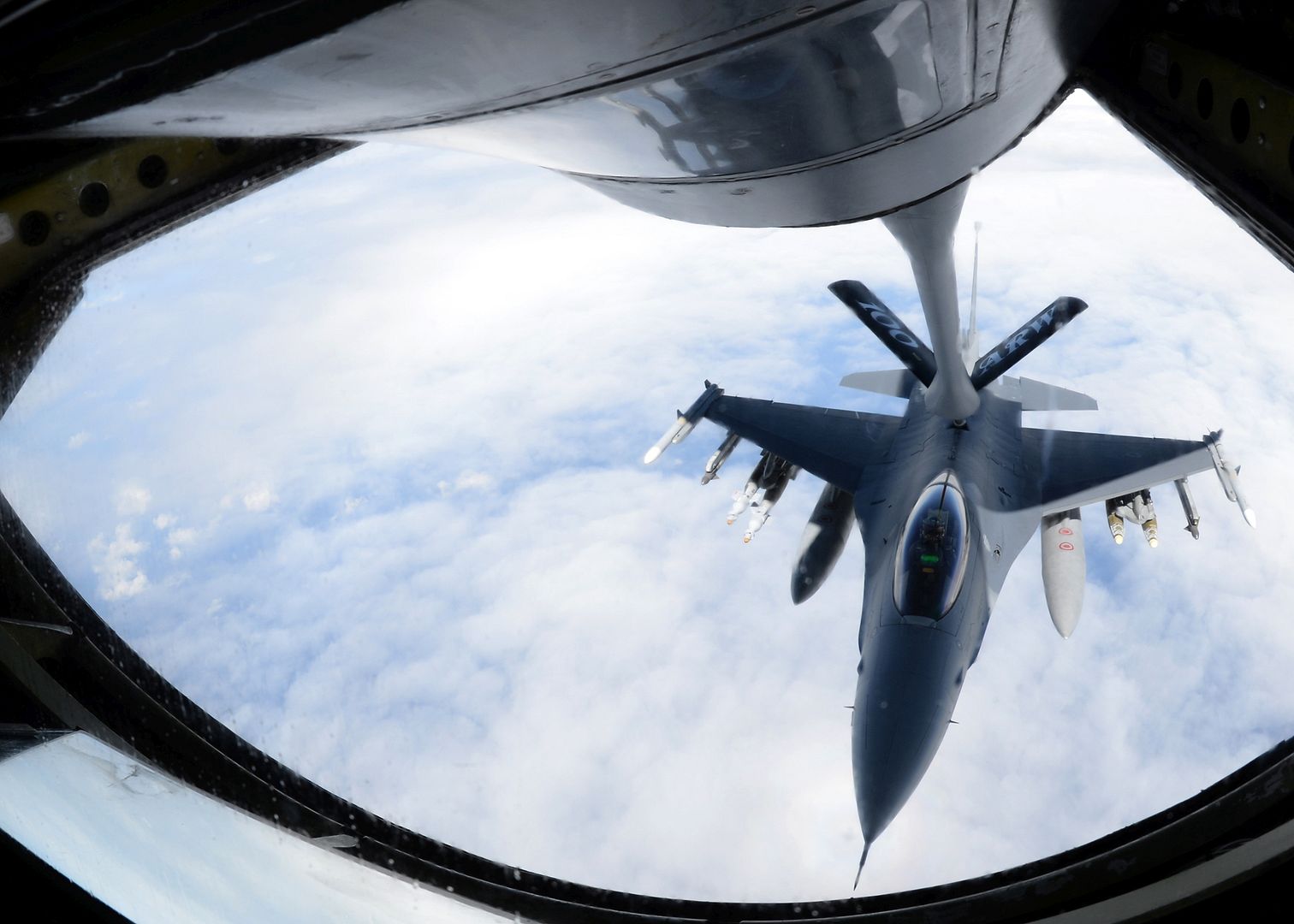
-
10 years ago
 Main AdminKermit Weeks Tempest V Restoration Walk Around
Main AdminKermit Weeks Tempest V Restoration Walk Around
-
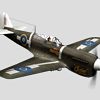 AdminNo frickin' way! I thought his Ki-61 project was cool but this takes the cake!
AdminNo frickin' way! I thought his Ki-61 project was cool but this takes the cake! -
10 years agoFri Aug 14 2015, 07:02pm
 Main AdminNot aviation but they do apparently fly under water.
Main AdminNot aviation but they do apparently fly under water.
The future HMS Artful, the third of seven Astute-class nuclear-powered attack submarines ordered by the Royal Navy, sailed on its sea trials on Aug. 13.
From Barrow in Furness Cumbria.
(BAE photo's)
Commander Bower said: ?I am immensely proud and honoured to be leading the crew of Artful. Her capabilities are extraordinary and represent the next step in our country?s century-long history of operating submarines.?
Tony Johns, Managing Director, BAE Systems Submarines said: ?Seeing Artful exit from Barrow today is the culmination of a huge amount of hard work from everyone at BAE Systems, our partners and the hundreds of businesses in our supply chain network.
?BAE Systems in Barrow is a world class facility, designing and building submarines that are some of the most sophisticated engineering projects in the world. Everyone involved in the Astute programme should feel immensely proud of their achievements as the third in class Astute submarine reaches this significant milestone.?
The design and build of the Astute class is a highly complex engineering feat. The 7,400-tonne attack submarines measure 97 metres and are powered by nuclear reactors. Each submarine is armed with Spearfish torpedoes and Tomahawk land attack missiles.
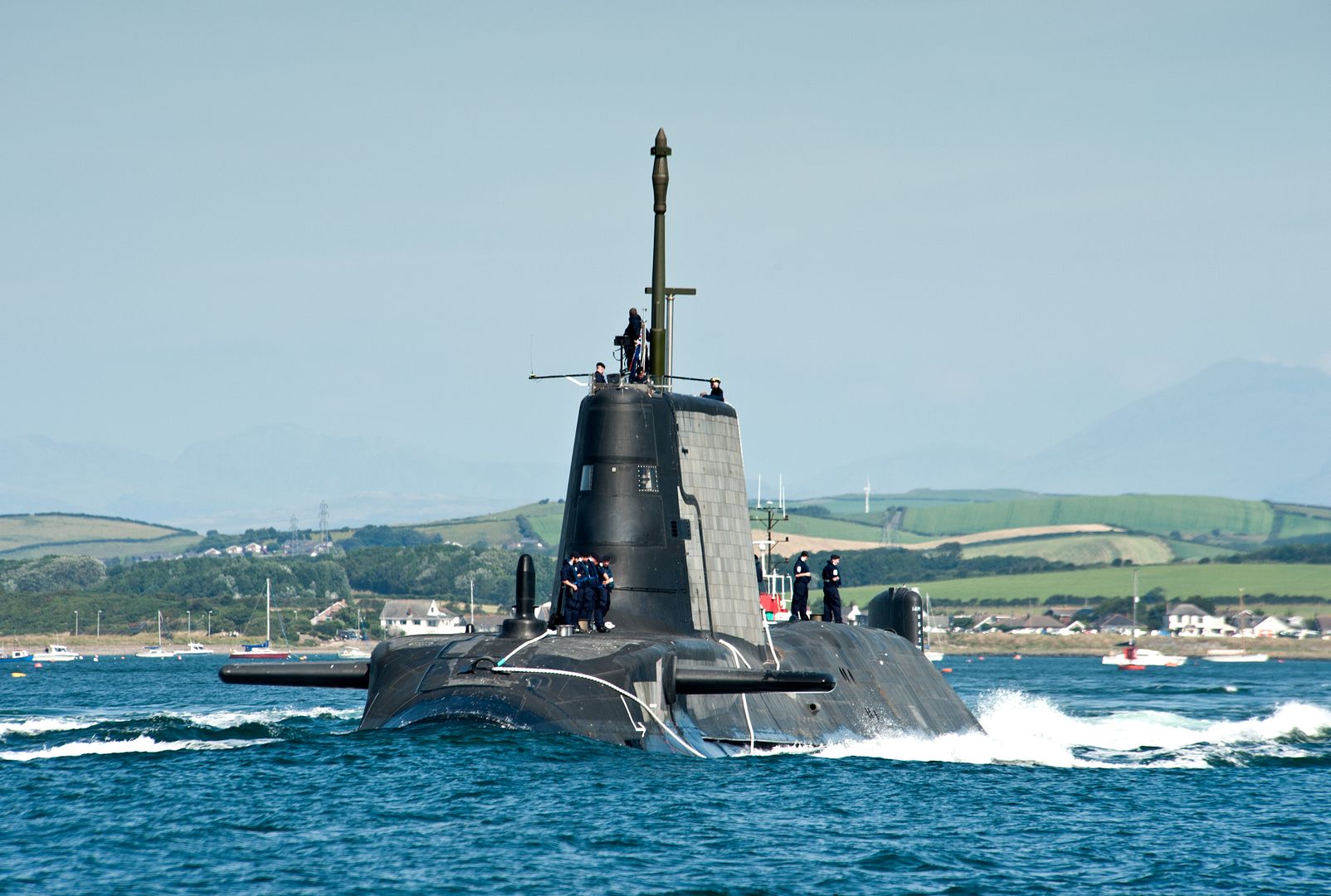
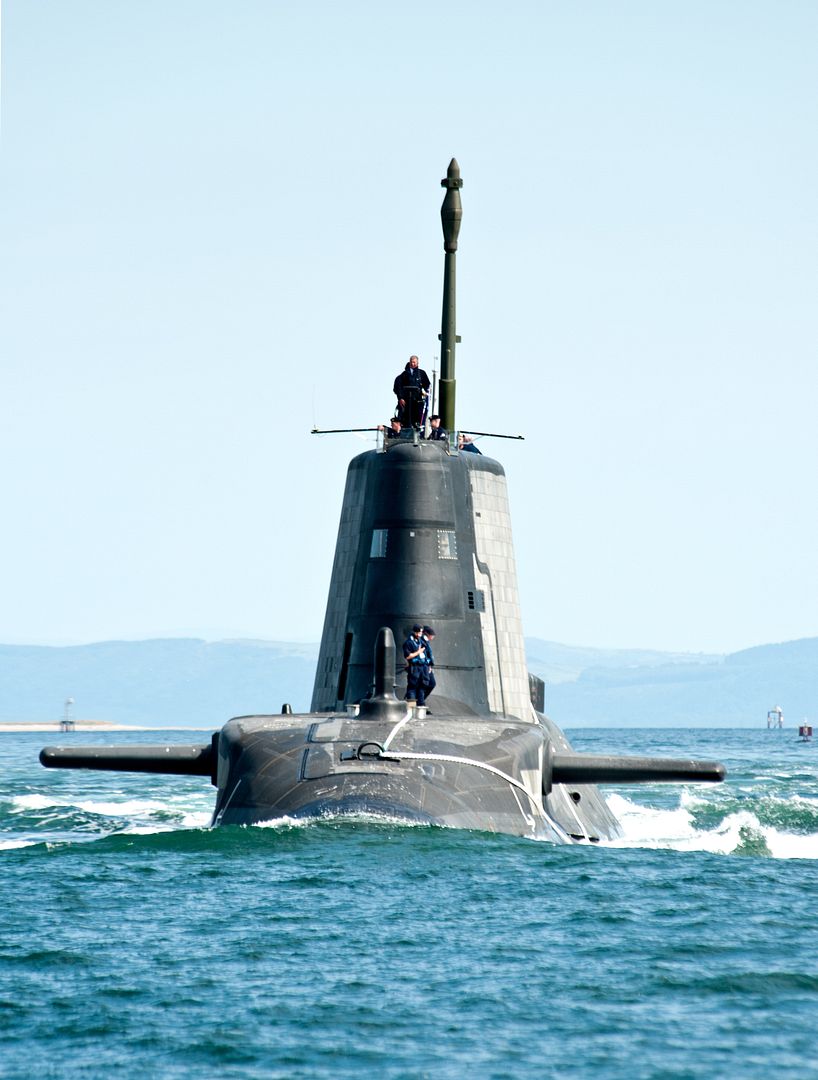
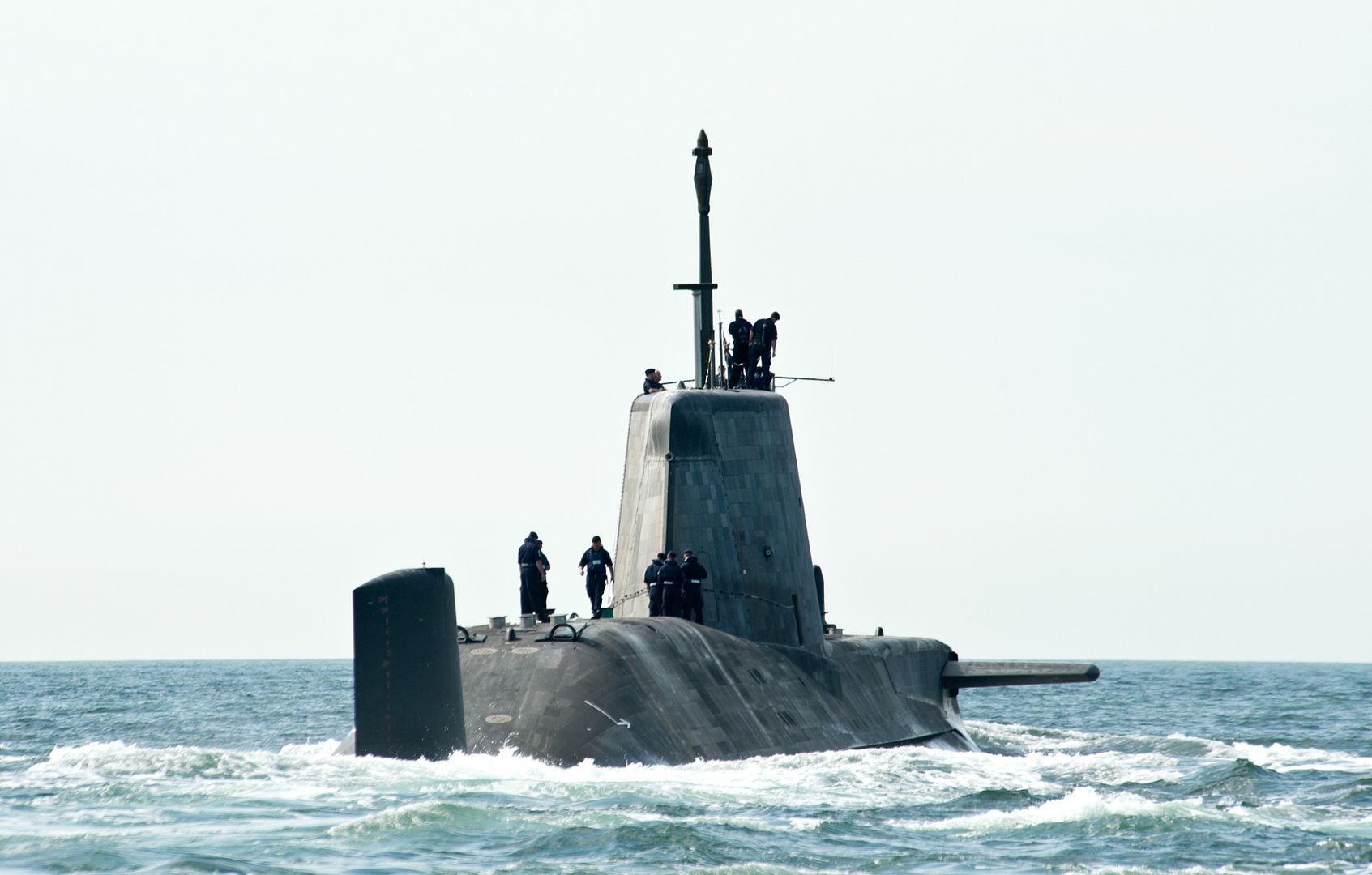

PHILIPPINE SEA (Aug. 13, 2015) An AH-1W Super Cobra helicopter, assigned to Marine Medium Tiltrotor Squadron (VMM) 265 (Reinforced), launches from the flight deck of the amphibious transport dock ship USS Green Bay (LPD 20). Green Bay is assigned to the Bonhomme Richard Expeditionary Strike Group and is on patrol in the U.S. 7th Fleet area of operations. (U.S. Navy photo by Mass Communication Specialist 3rd Class Derek A. Harkins/Released)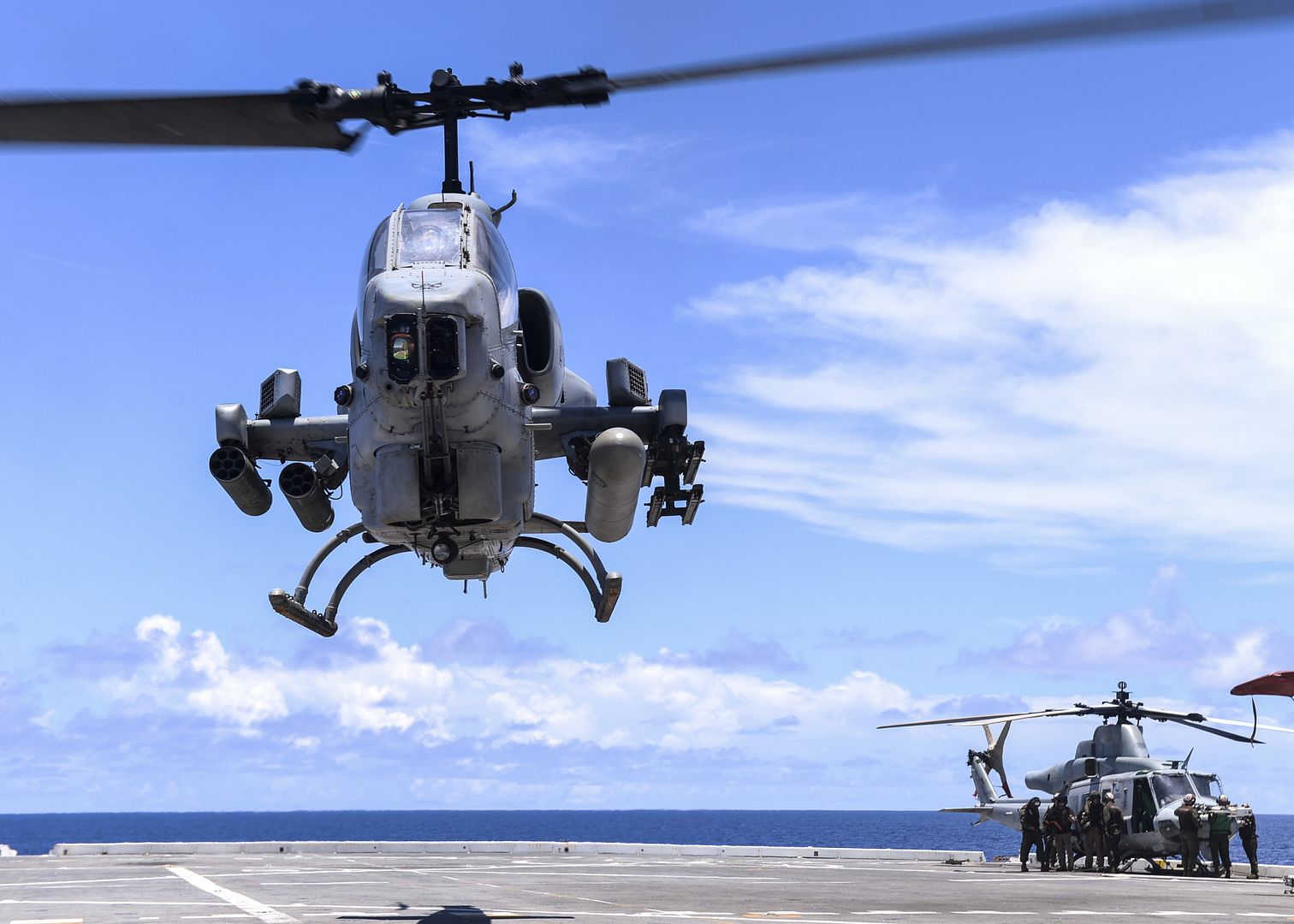
CAPE CANAVERAL AIR FORCE STATION, Fla., August 13, 2015 ? The fourth Mobile User Objective System (MUOS) satellite built by Lockheed Martin [NYSE: LMT] for the U.S. Navy was encapsulated in its protective launch vehicle fairing August 10. It is scheduled to launch August 31 aboard a United Launch Alliance Atlas V rocket.
MUOS-4 is the latest addition to a network of orbiting satellites and relay ground stations that is revolutionizing secure communications for mobile military forces. Users with operational MUOS terminals can seamlessly connect beyond line-of-sight around the globe and into the Global Information Grid. MUOS? new smart phone-like capabilities include simultaneous, crystal-clear voice, video and mission data, over a high-speed Internet Protocol-based system.
?Delivery of this fourth satellite for the U.S. Navy completes the initial MUOS constellation and provides near-global coverage for the network,? said Iris Bombelyn, vice president of Narrowband Communications at Lockheed Martin. ?For our mobile forces, that means for the first time they will be able to have secure, high-fidelity voice conversations, networked team calls and data exchange, including video, with anyone around the world connected with a MUOS terminal.?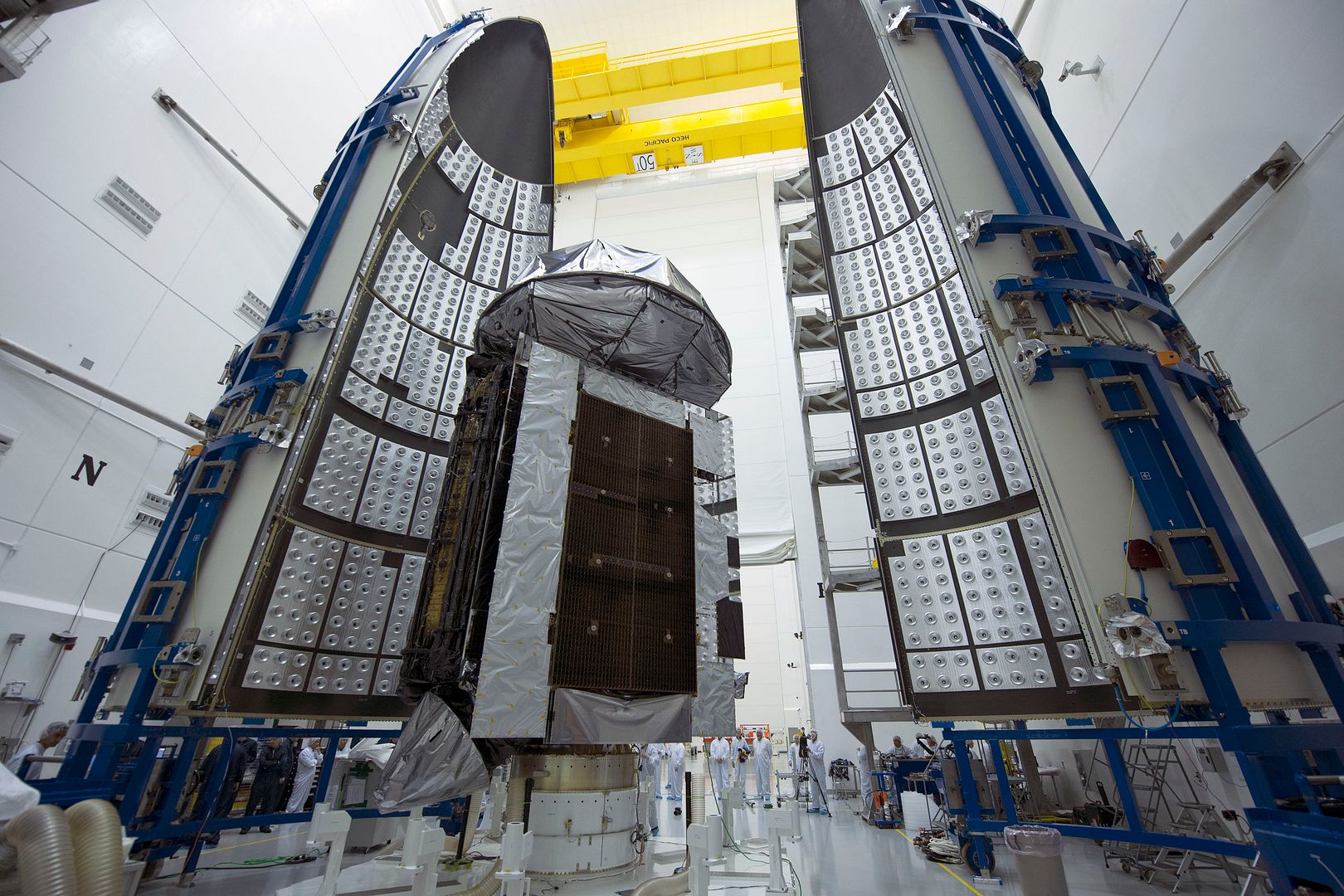
-
10 years agoMon Aug 17 2015, 07:32pm
 Main Admin
Main Admin -
10 years agoTue Aug 18 2015, 05:39pm
 Main AdminPACIFIC OCEAN (Aug. 17, 2015) - An F/A-18F Super Hornet assigned to the Black Aces of Strike Fighter Squadron (VFA) 41 prepares to land aboard USS John C. Stennis (CVN 74). Sailors from the John C. Stennis Strike Group are undergoing Composite Training Unit Exercise and Joint Task Force Exercise (COMPTUEX/JTFEX), the final step in certifying to deploy. (U.S. Navy photo by Mass Communication Specialist 3rd Class Andre T. Richard / Released)
Main AdminPACIFIC OCEAN (Aug. 17, 2015) - An F/A-18F Super Hornet assigned to the Black Aces of Strike Fighter Squadron (VFA) 41 prepares to land aboard USS John C. Stennis (CVN 74). Sailors from the John C. Stennis Strike Group are undergoing Composite Training Unit Exercise and Joint Task Force Exercise (COMPTUEX/JTFEX), the final step in certifying to deploy. (U.S. Navy photo by Mass Communication Specialist 3rd Class Andre T. Richard / Released)
An HC-130J assigned to the U.S. Coast Guard was ferried from Lockheed Martin?s facility in Marietta, Georgia, in August 2015. (Photo: Todd R. McQueen, Lockheed Martin)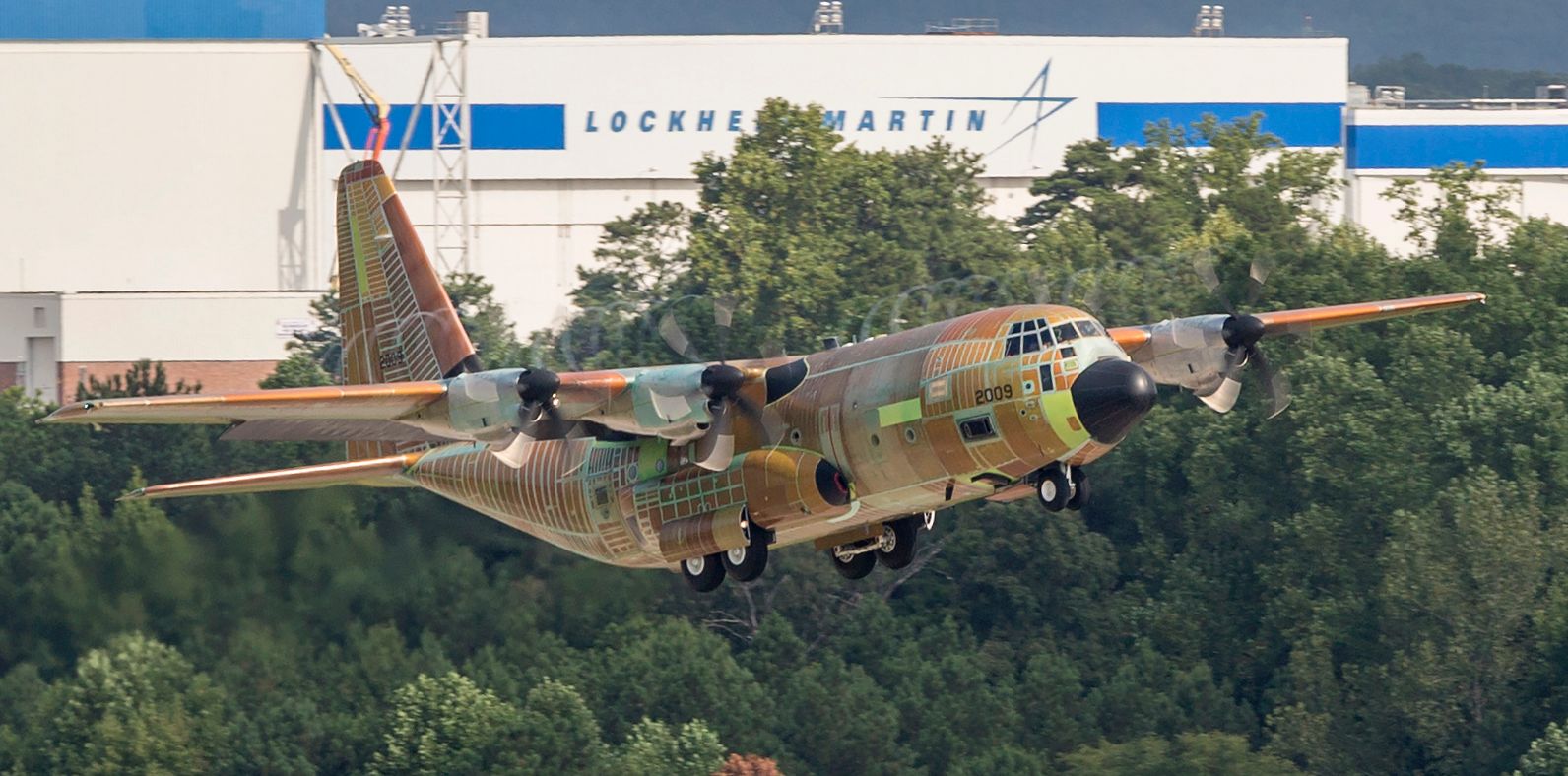
17 August 2015 Press Release
India?s largest domestic airline by market share, IndiGo celebrated their 9th birthday by firming up their last year?s commitment and ordering 250 A320neo Family aircraft. This historic aircraft purchase agreement was signed on the 69th Independence Day of India on the 15th of August, 2015.
Aditya Ghosh, President of IndiGo said, ?This new order further reaffirms IndiGo?s commitment to the long-term development of affordable air transportation in India and overseas. The additional fuel efficient A320neo aircraft will enable us to continue to bring our low fares and courteous, hassle free service to more customers and markets and will create more job opportunities and growth. The IndiGo team is even more energised and excited than ever before to herald this new phase of our growth for many years to come.?
IndiGo placed an order in 2005 for 100 A320s which have all now been delivered. In 2011 IndiGo became the first Indian operator to commit to the A320neo bringing their total to 280 Airbus aircraft. With today?s announcement, IndiGo has ordered 530 A320 Family aircraft with Airbus.
?It fills us with pride that IndiGo, India?s largest airline and one of the early launch customers for the A320neo, is coming back for more of our benchmark aircraft. This order confirms the A320 Family as the airliner of choice in the most dynamic aviation growth markets. We thank IndiGo and its Co-Founders, Rakesh Gangwal and Rahul Bhatia for their tremendous vote of confidence,? said John Leahy, Airbus Chief Operating Officer Customers.
The A320neo ?new engine option? incorporates many innovations, including latest generation engines and large Sharklet wing-tip devices, which together deliver 15 percent in fuel savings from day one and 20 per cent by 2020. This is equivalent to a reduction of 5,000 tonnes of CO2 per aircraft per year.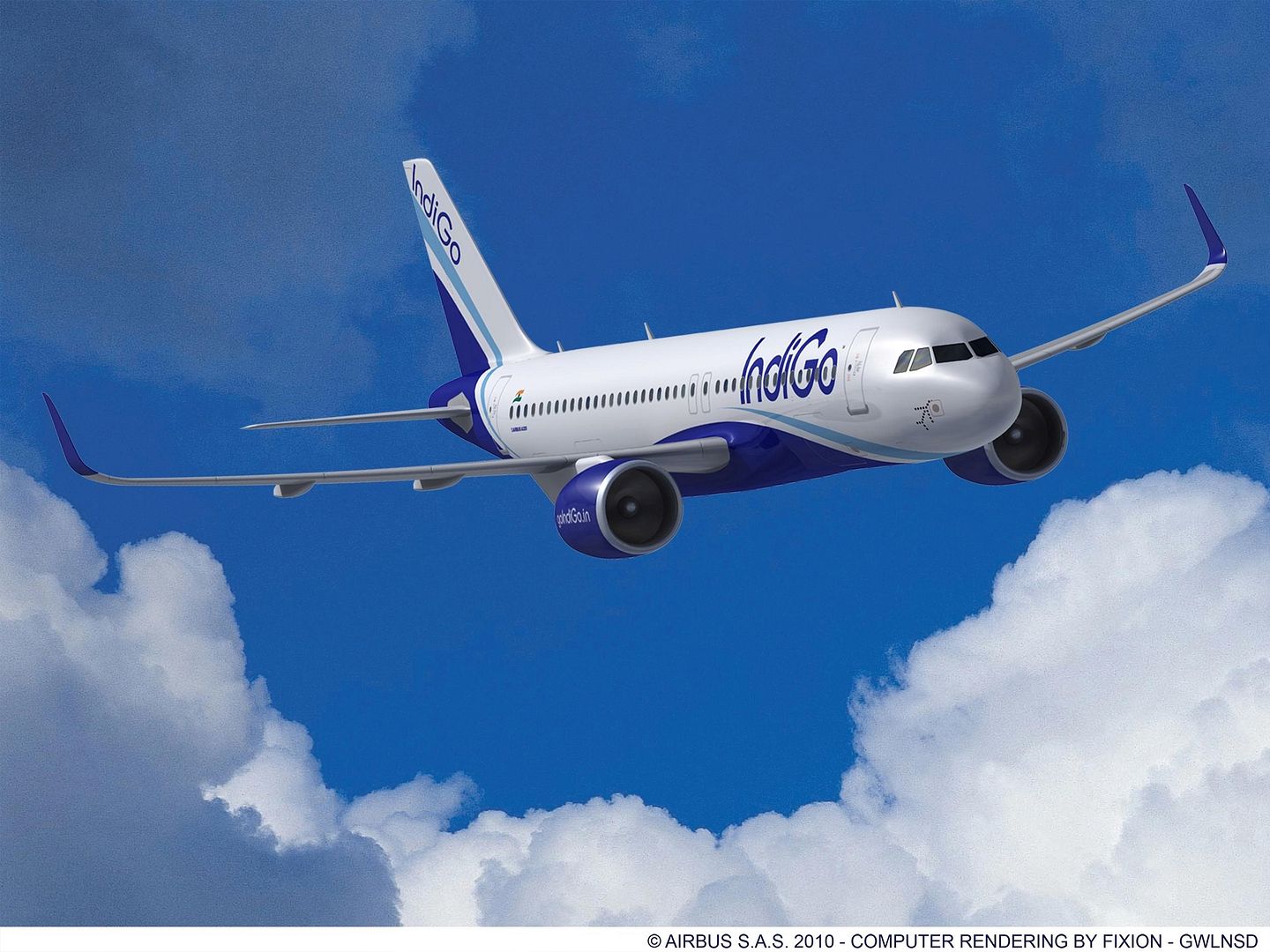
A F-15E Strike Eagle, assigned to the 48th Fighter Wing, flies over Royal Air Force Lakenheath, England, during a training sortie, Aug. 17, 2015. The 48th FW is responsible for providing air combat superiority for United States Air Forces in Europe and Air Forces Africa area of responsibility. (U.S. Air Force photo by Senior Airman Trevor T. McBride/Released)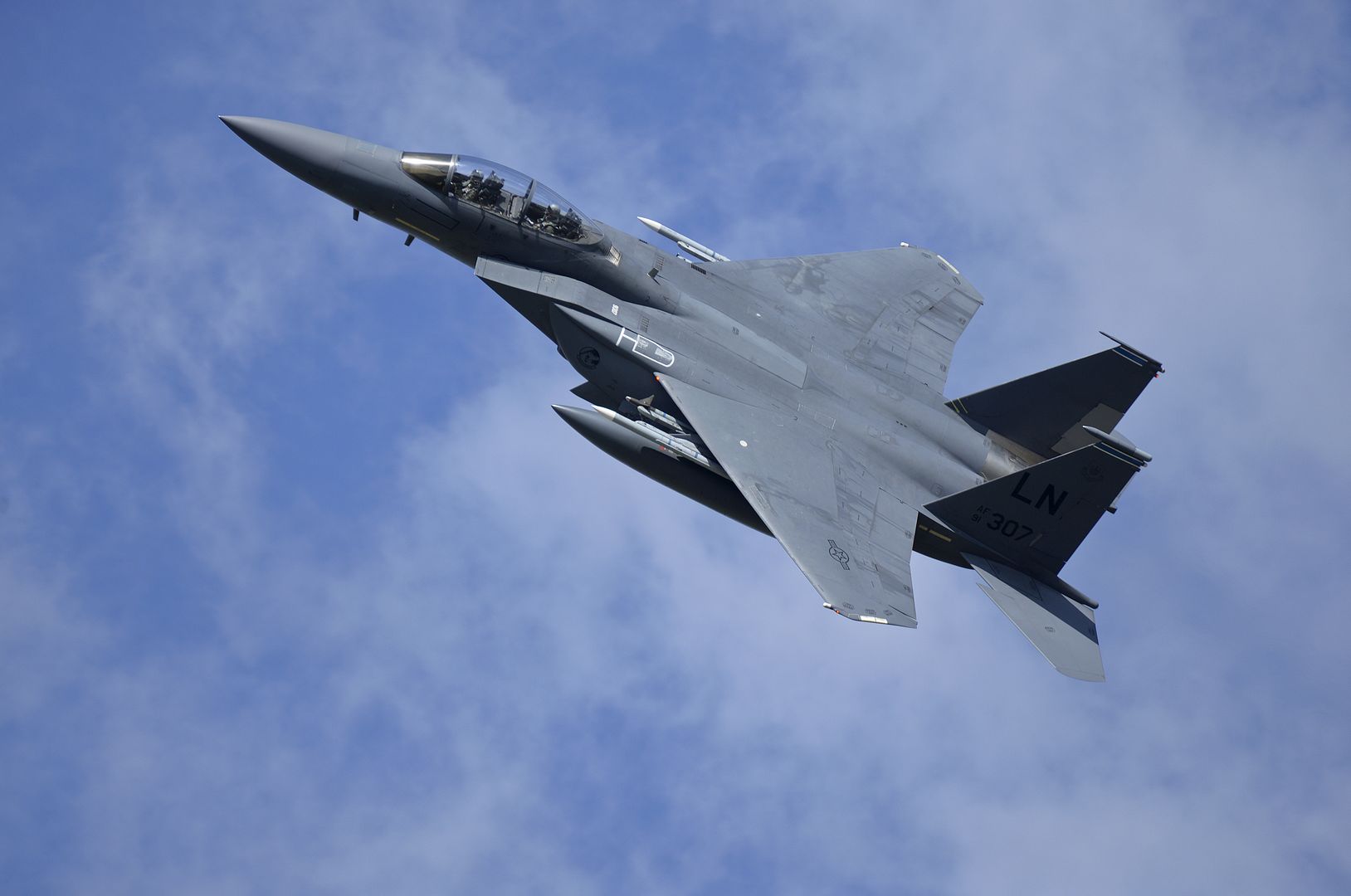
A F-15C Eagle, assigned to the 48th Fighter Wing, flies over Royal Air Force Lakenheath, England, during a training sortie, Aug. 17, 2015. The 48th FW is responsible for providing air combat superiority for United States Air Forces in Europe and Air Forces Africa area of responsibility. (U.S. Air Force photo's by Senior Airman Trevor T. McBride/Released)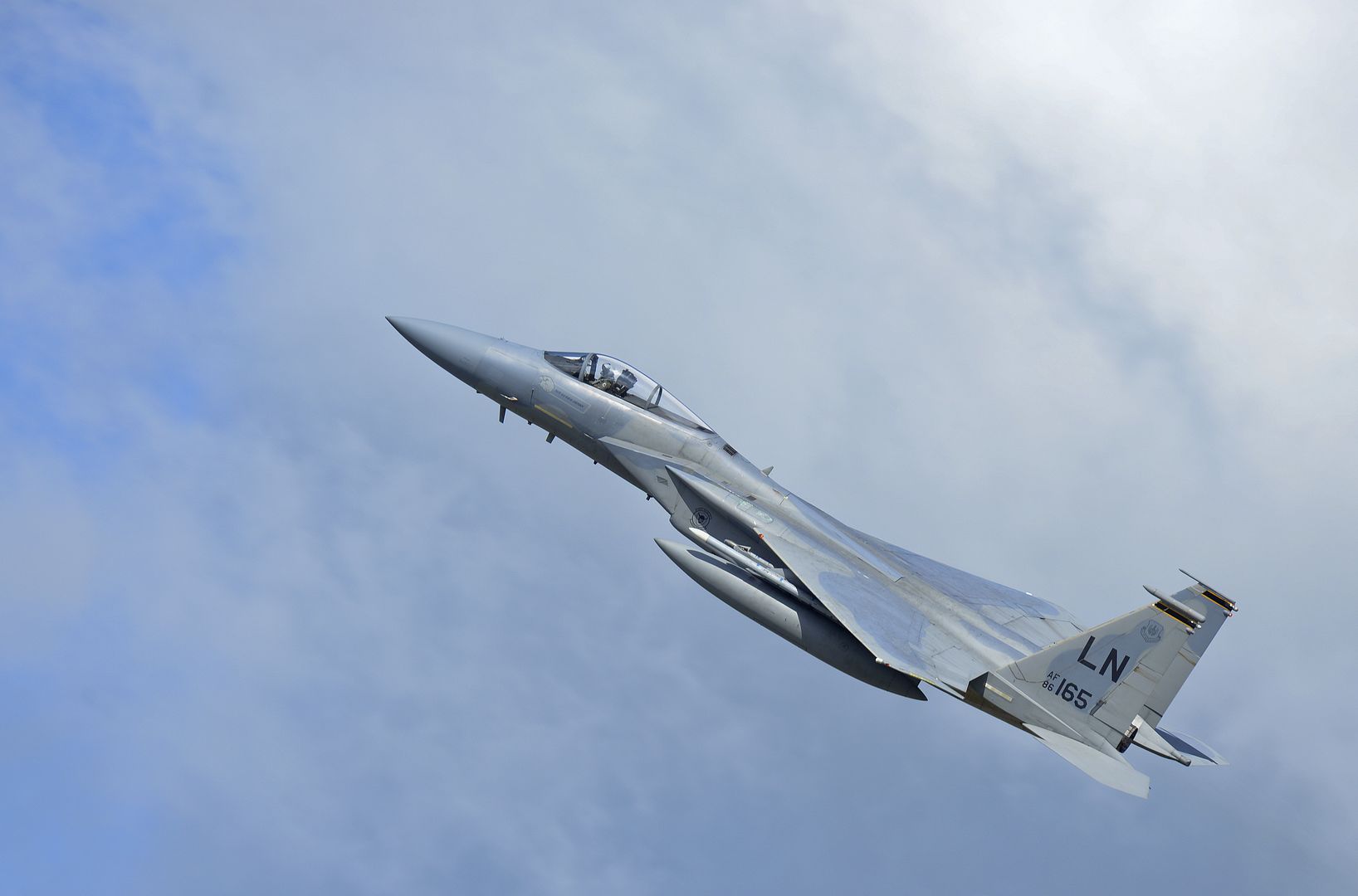
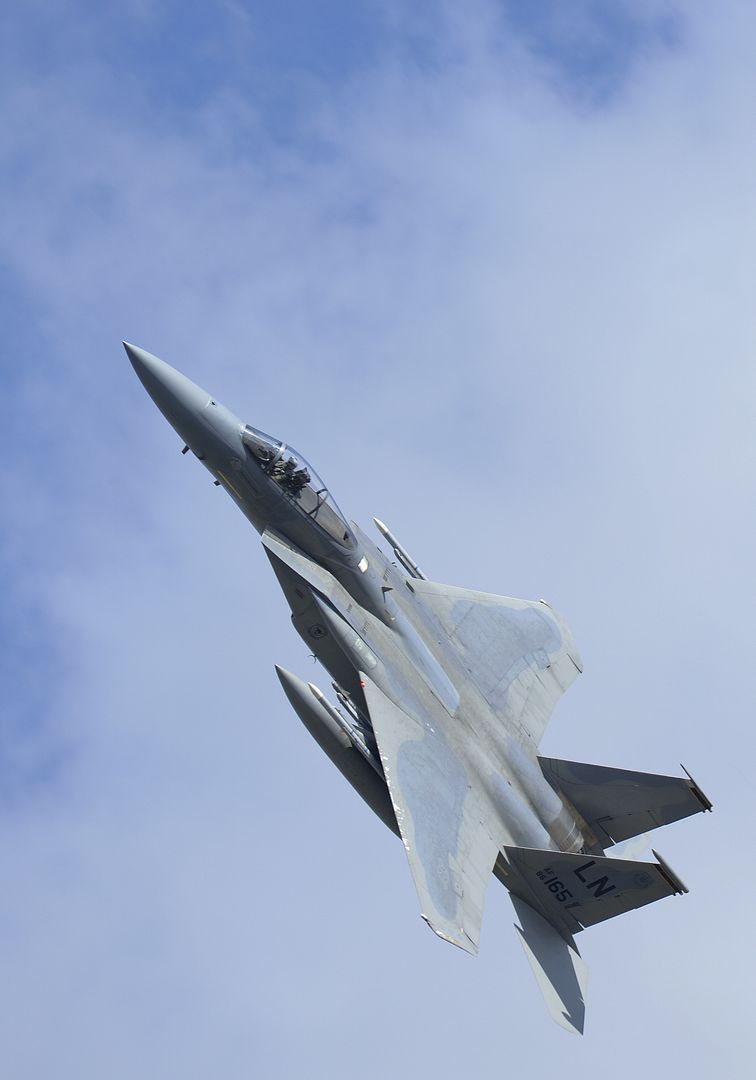
Post a reply
- Go to Previous topic
- Go to Next topic
- Go to Welcome
- Go to Introduce Yourself
- Go to General Discussion
- Go to Screenshots, Images and Videos
- Go to Off topic
- Go to Works in Progress
- Go to Skinning Tips / Tutorials
- Go to Skin Requests
- Go to IJAAF Library
- Go to Luftwaffe Library
- Go to RAF Library
- Go to USAAF / USN Library
- Go to Misc Library
- Go to The Ops Room
- Go to Made in Germany
- Go to Campaigns and Missions
- Go to Works in Progress
- Go to Juri's Air-Raid Shelter
- Go to Campaigns and Missions
- Go to Works in Progress
- Go to Skinpacks
- Go to External Projects Discussion
- Go to Books & Resources

